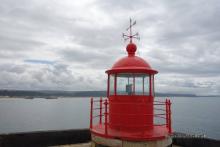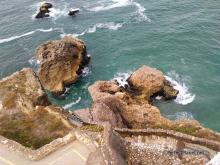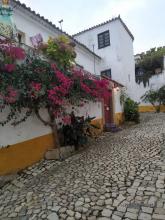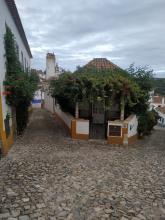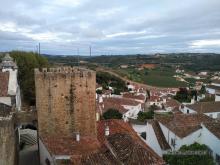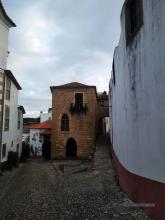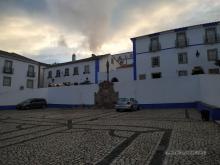We started the day by visiting the town of Caldas da Rainha. The owner of our accommodation has recommended us to go there as it is market day and we love markets.
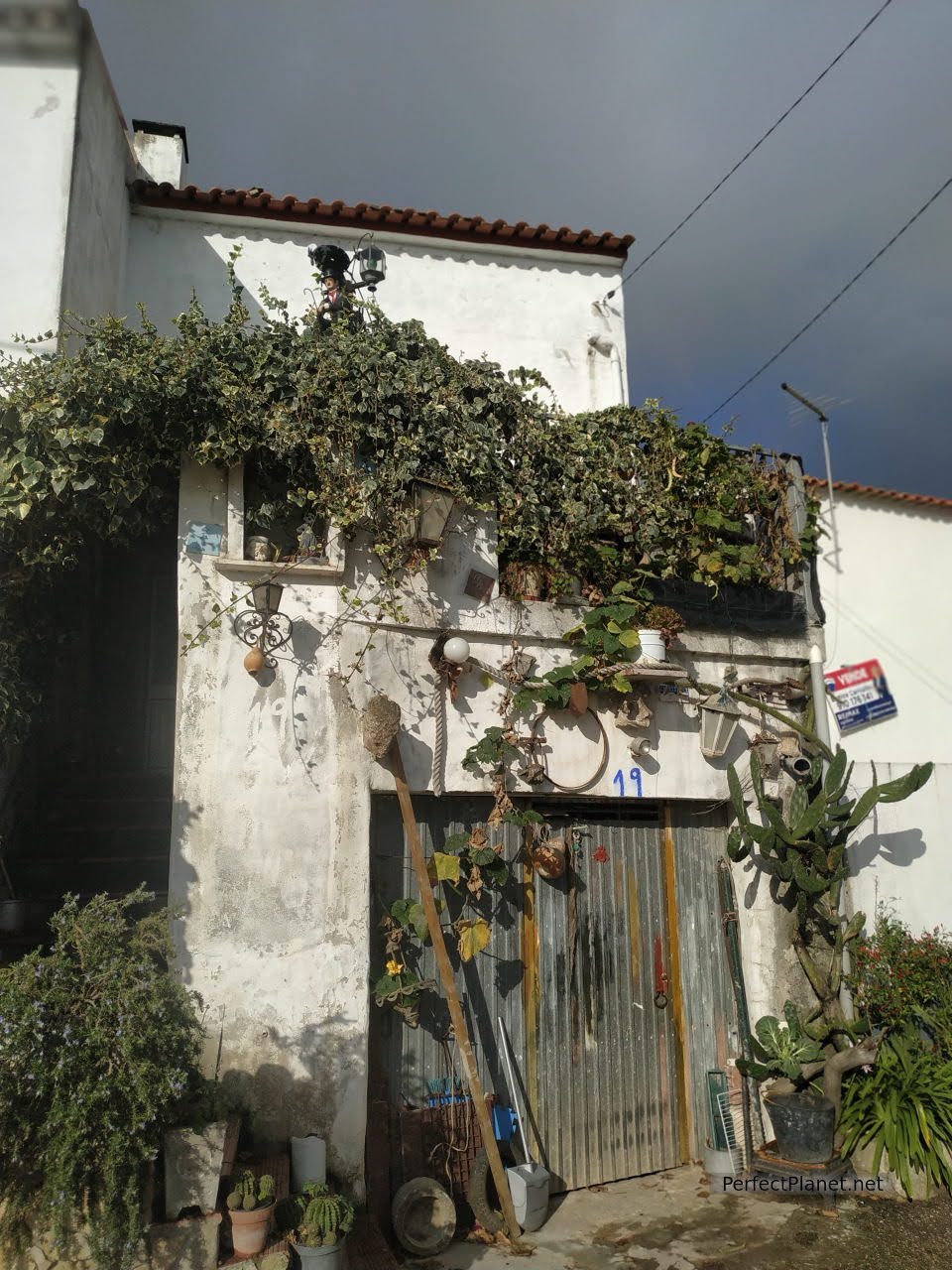
Vau
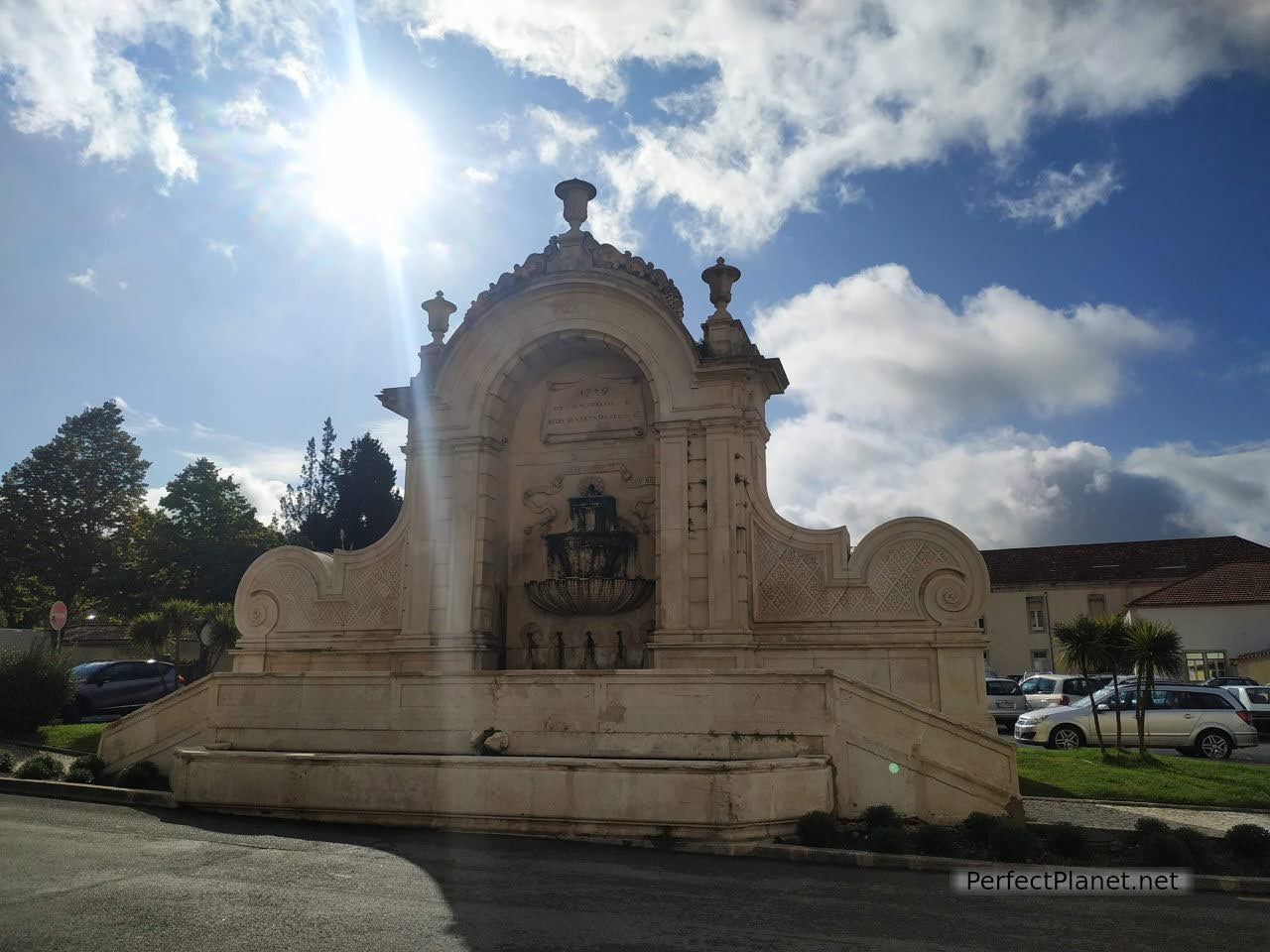
Caldas da Rainha
We parked without difficulty in the centre of Caldas da Rainha, considered one of the most important spa towns in Europe and the city of the Queen's thermal baths.
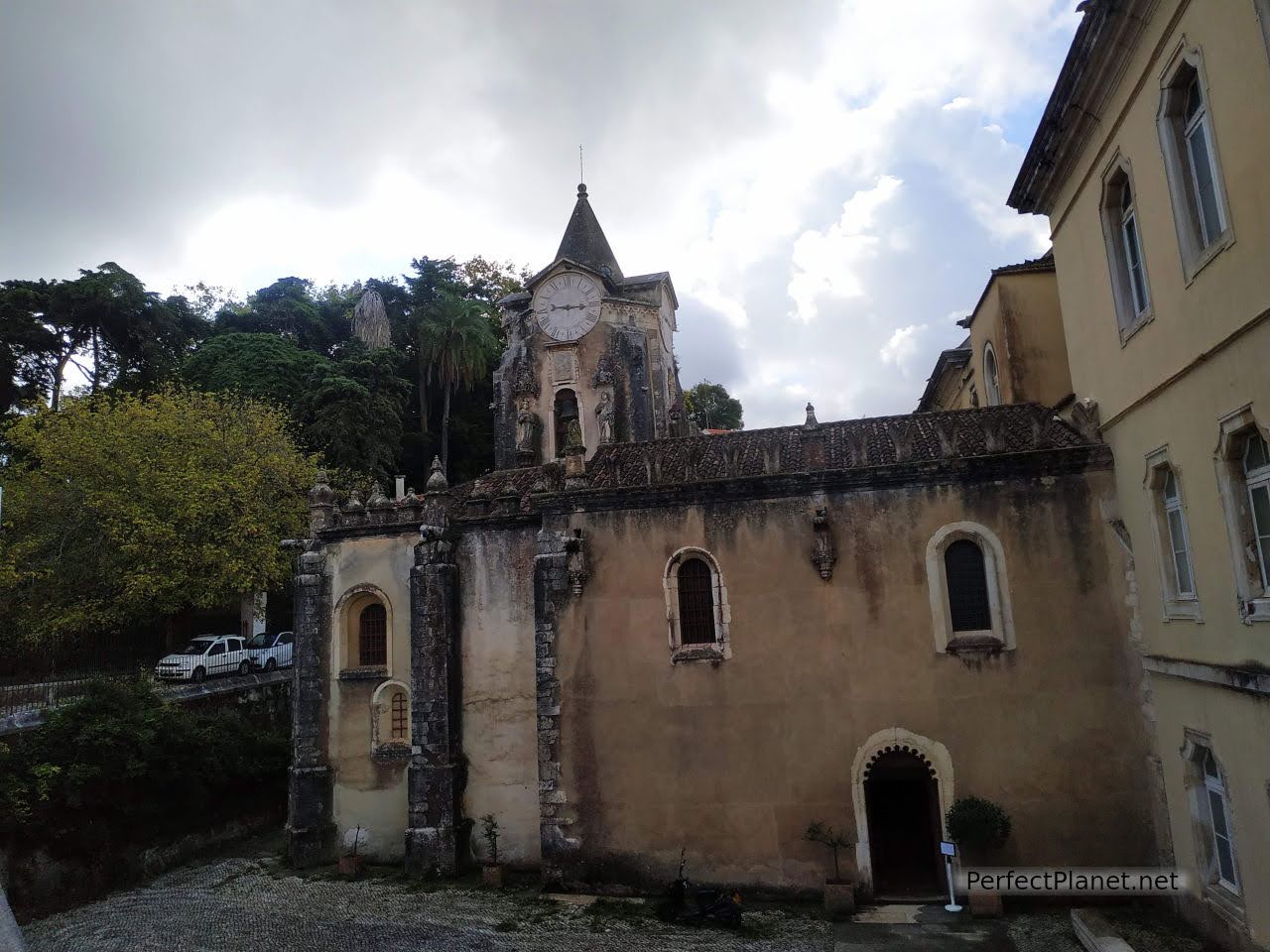
Church of Nossa Senhora do Pópulo
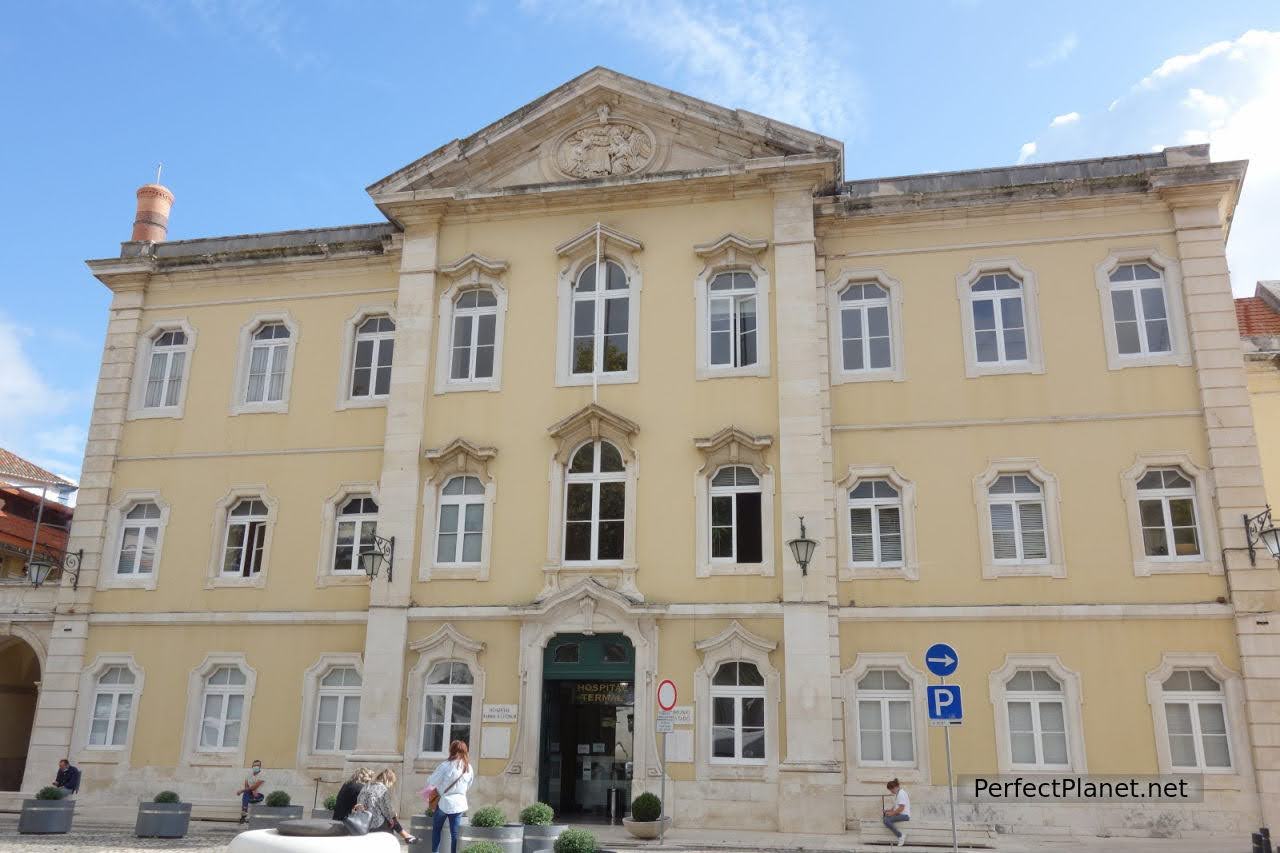
Spa
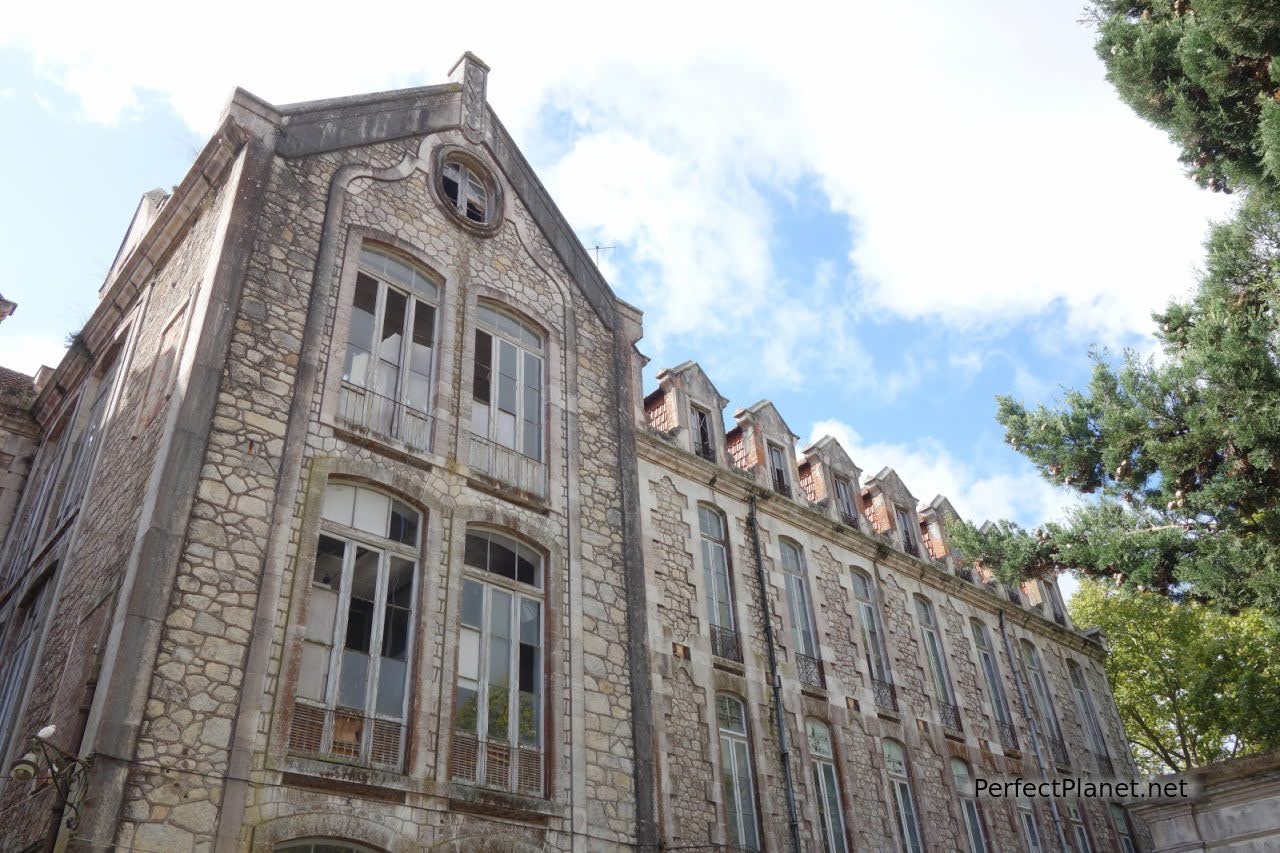
Hospital extension
Queen Leonor built the first thermal hospital in the world so that the citizens of Caldas could take advantage of the benefits of its waters.
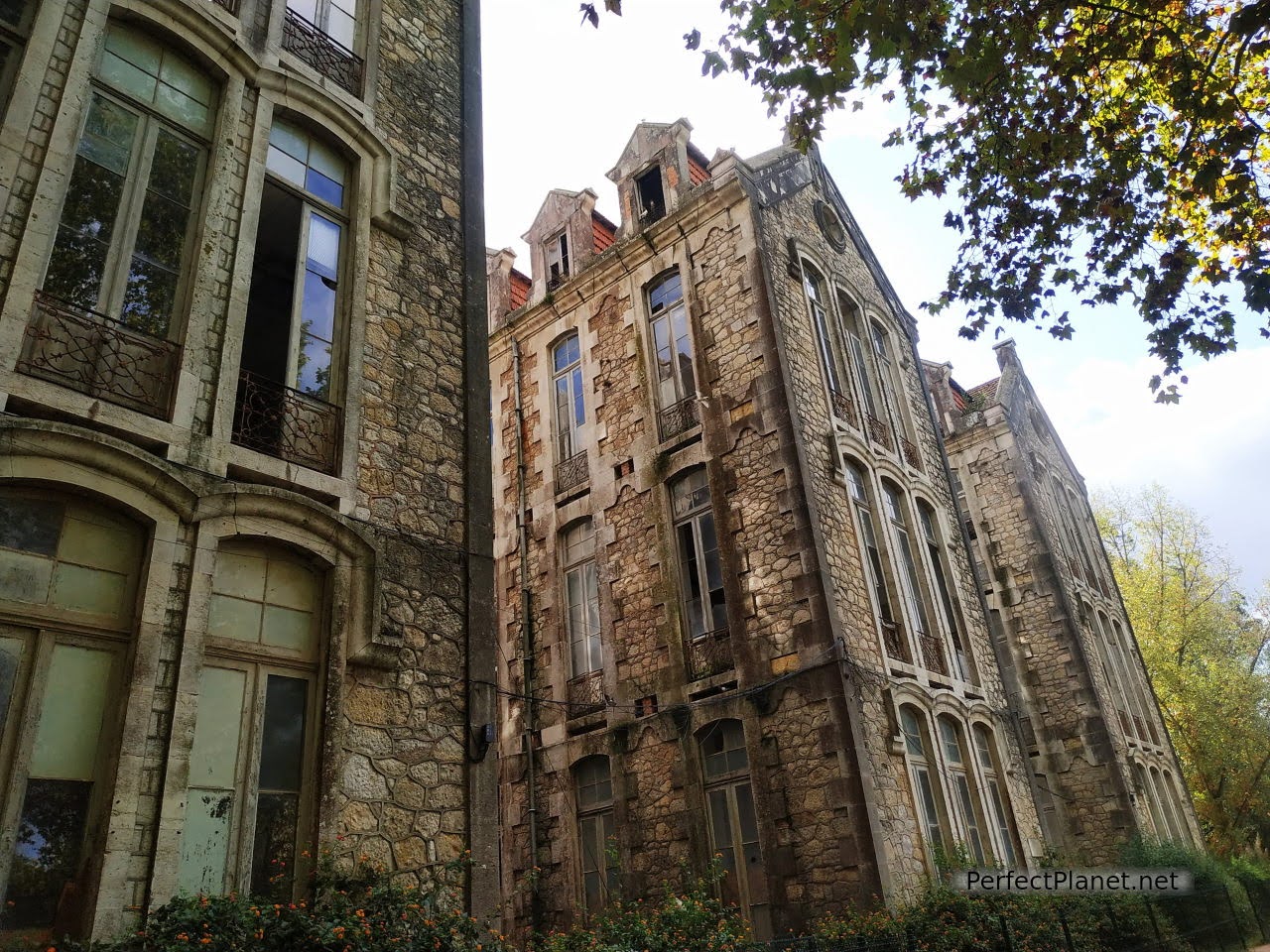
Hospital expansion
You can see the remains of the hospital extension (ghostly looking) next to the Parque dom Carlos I, where you will find the José Malhoa Museum, surrounded by beautiful gardens and a lake.
The Rainha D.Leonor Thermal Baths are still open to the public, next to which is the Church of Nossa Senhora do Pópulo.
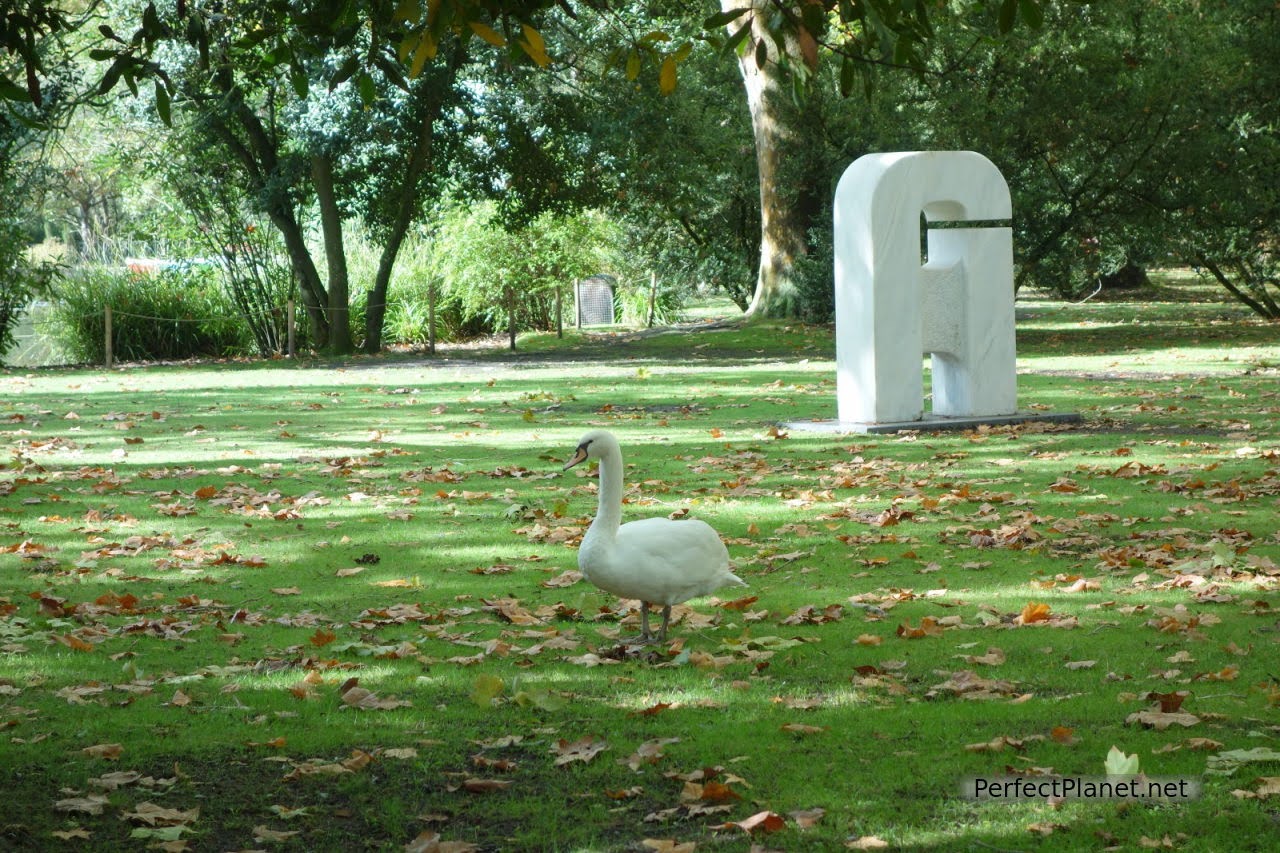
Dom Carlos I Park
At the market, locals buy and sell local fruit and vegetables. It is always a good excuse to get to know the local gastronomy.
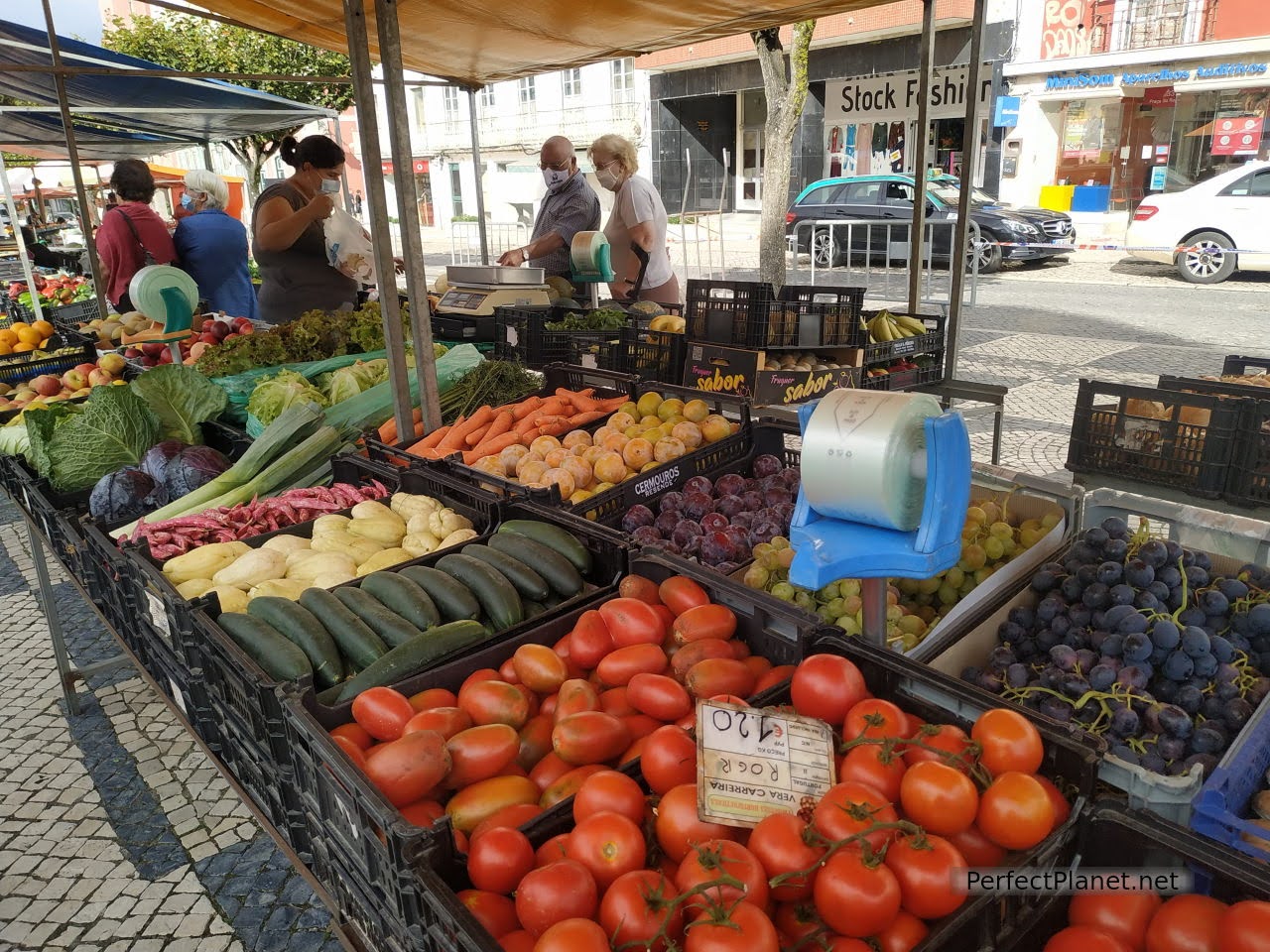
Market
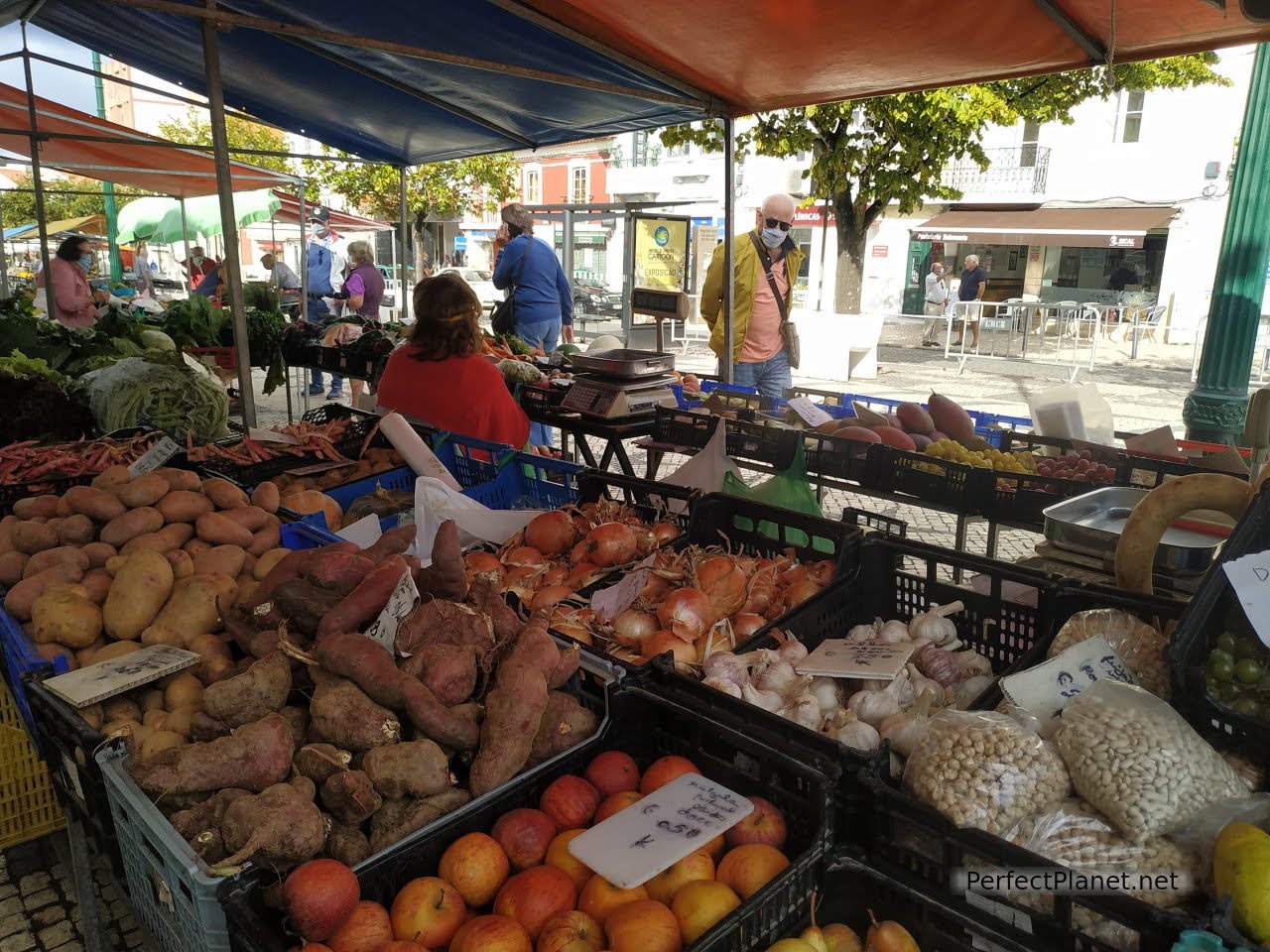
Market
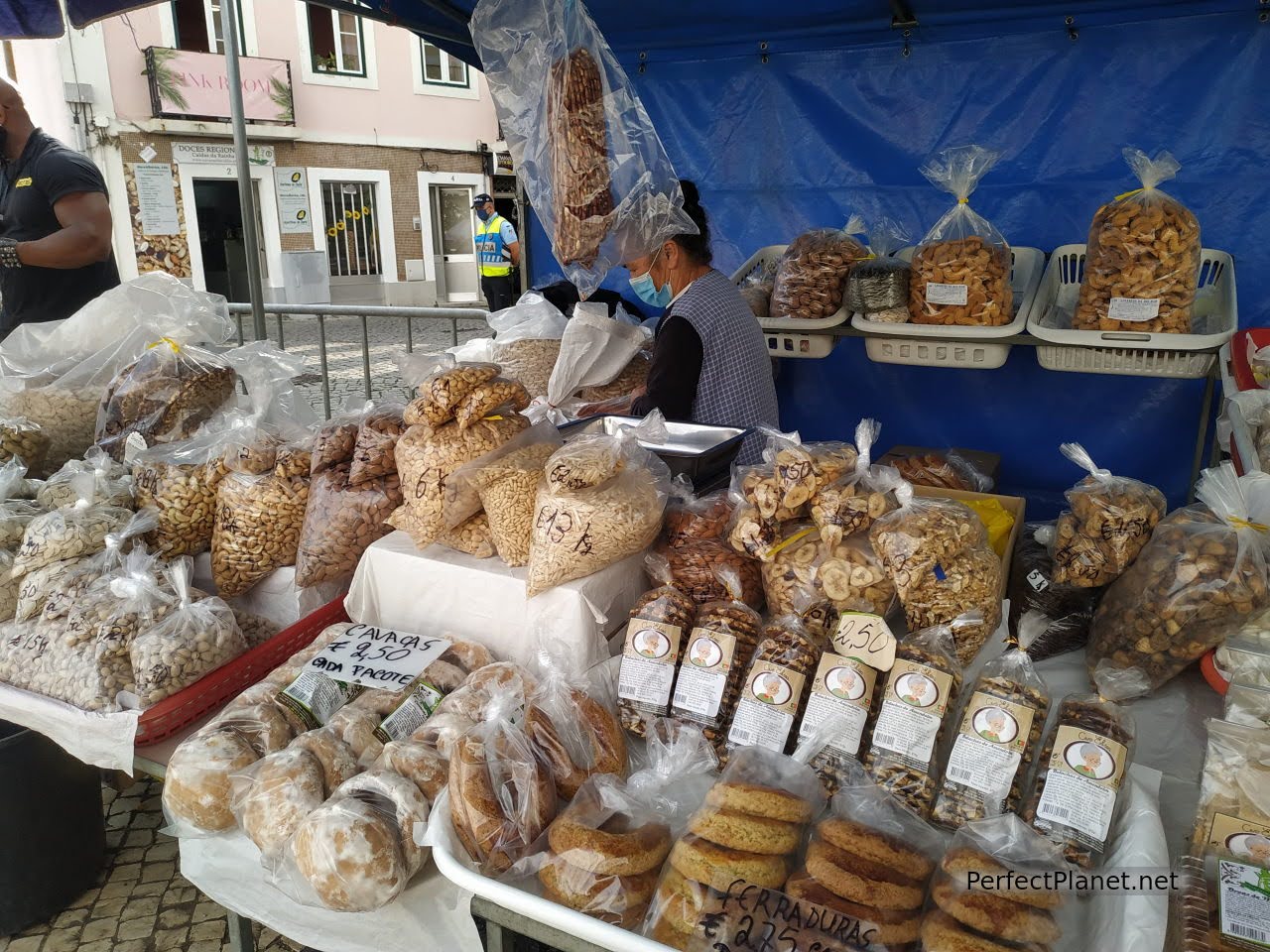
Market
Caldas is also known for another unique resident, the satirical sculptor and ceramist Bordalo Pinheiro. Around twenty figures are scattered throughout the city: a frog, a wasp, lizards, mushrooms, snails.... Finding them is a challenge.
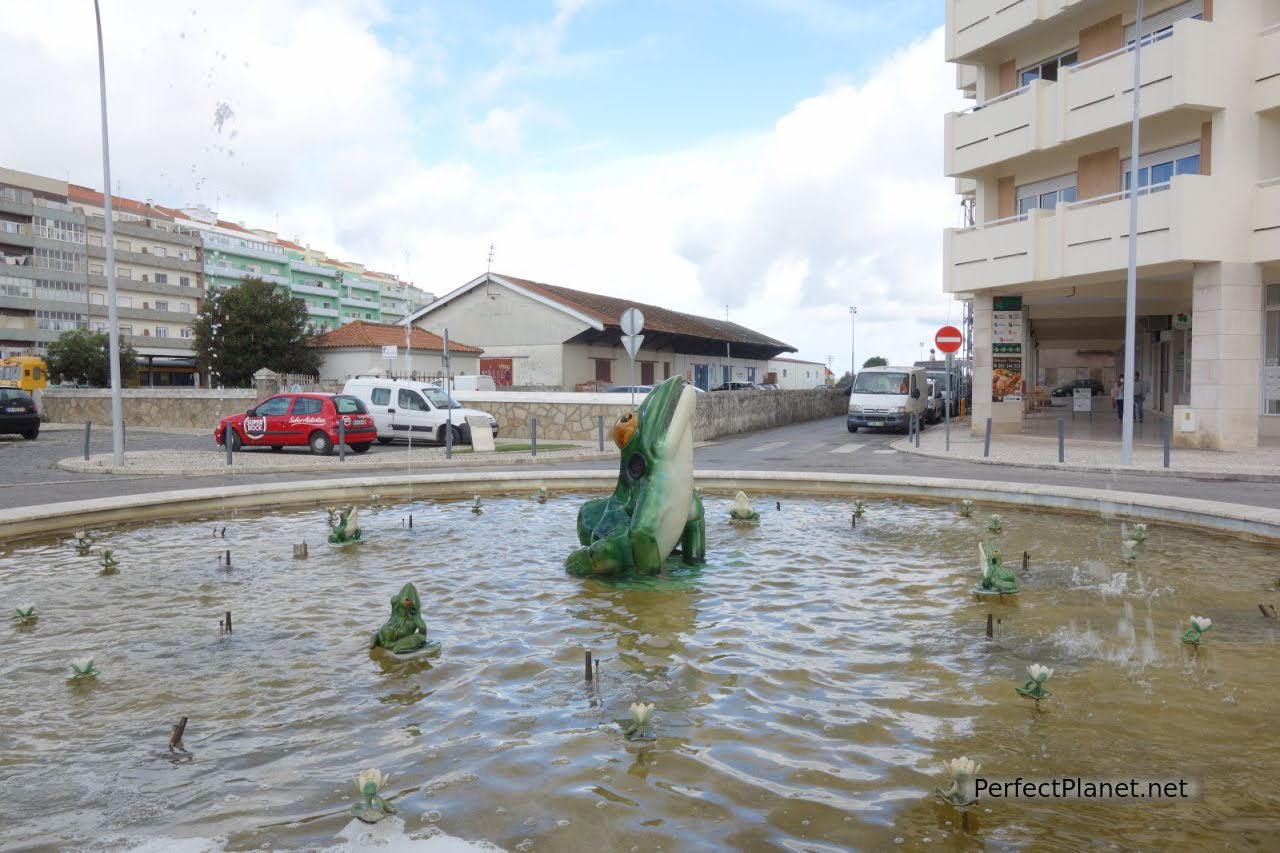
Frog
The Bordalo Pinheiro skate park is worth mentioning, very original, don't miss it.
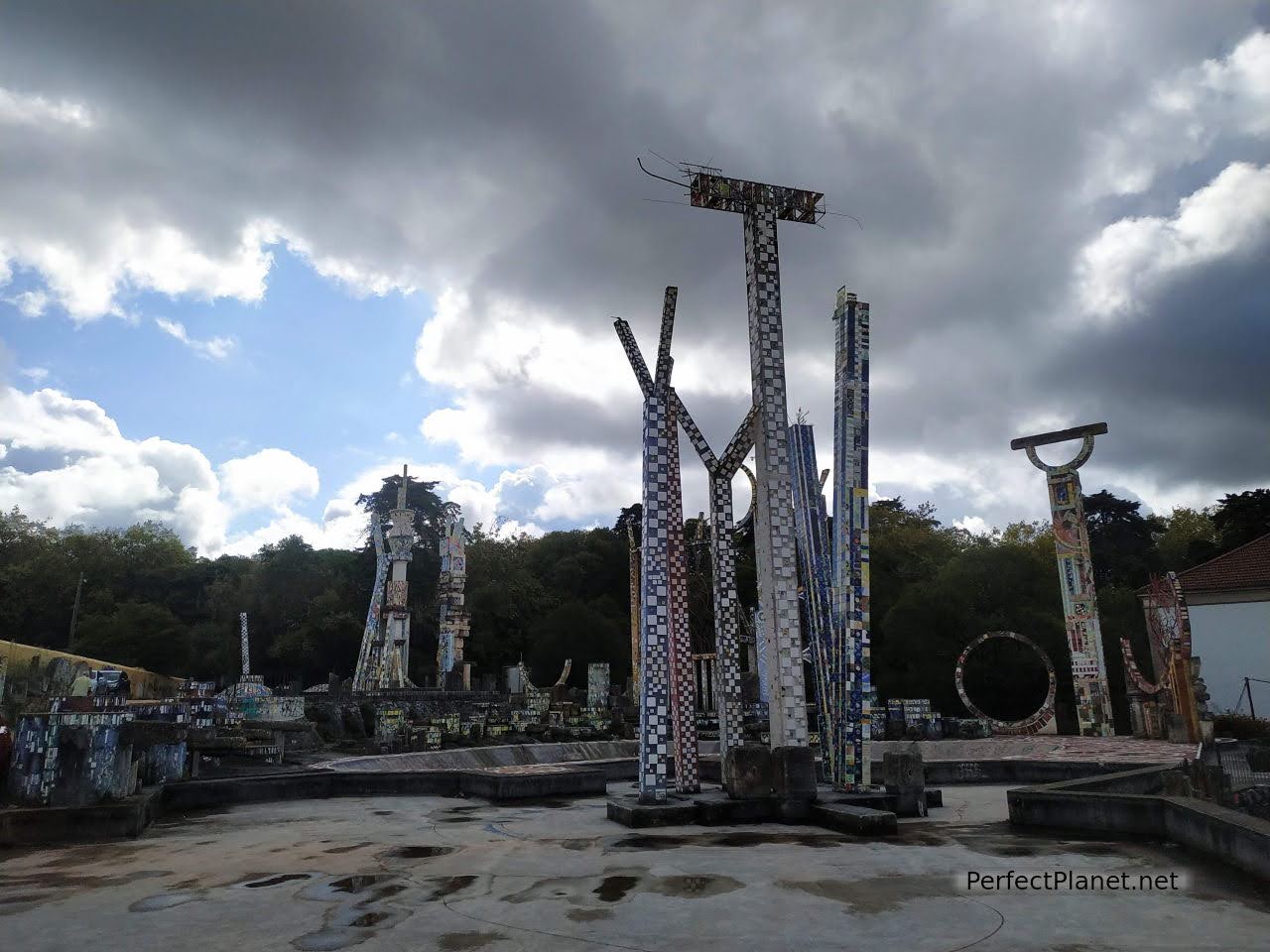
Skate park
The train station is small but interesting.
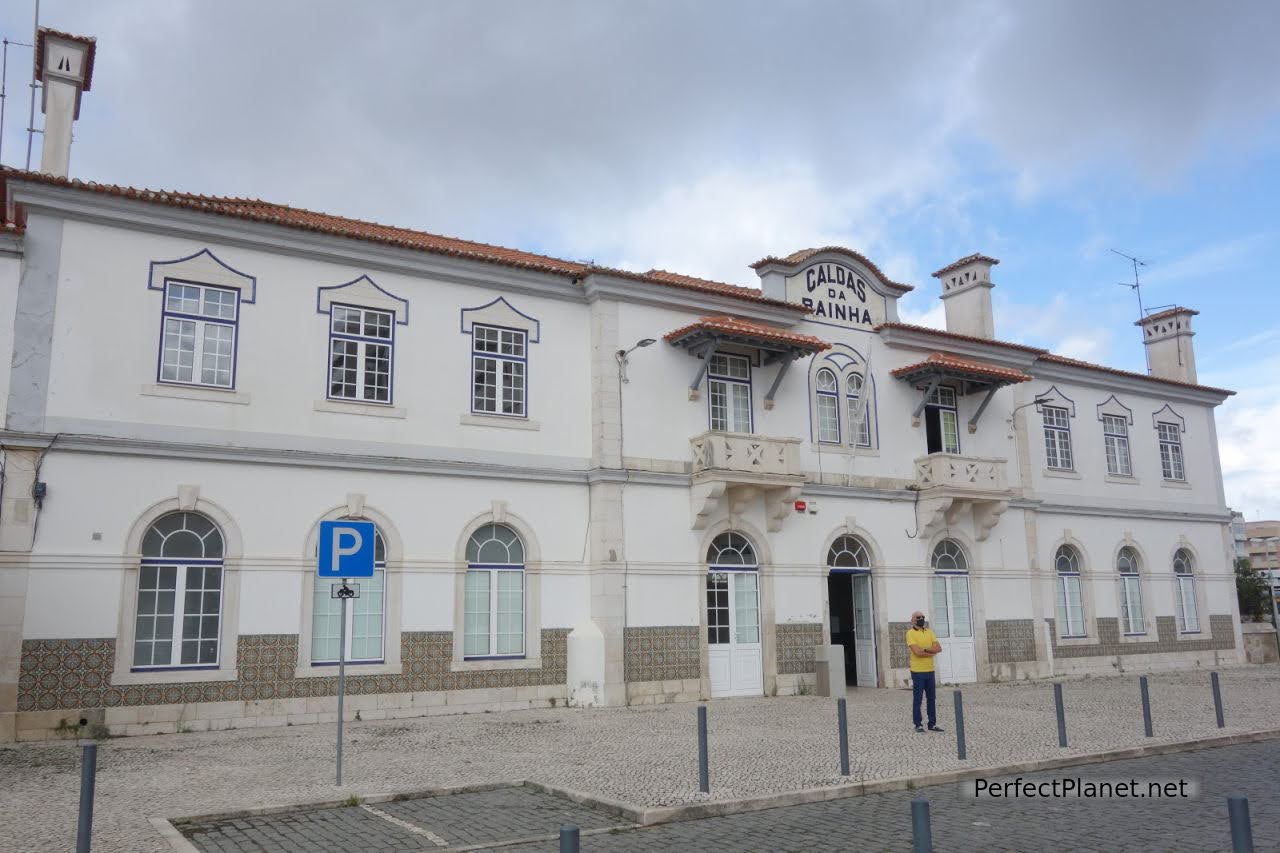
Train station
At the fish market you can see the fishmongers in action.
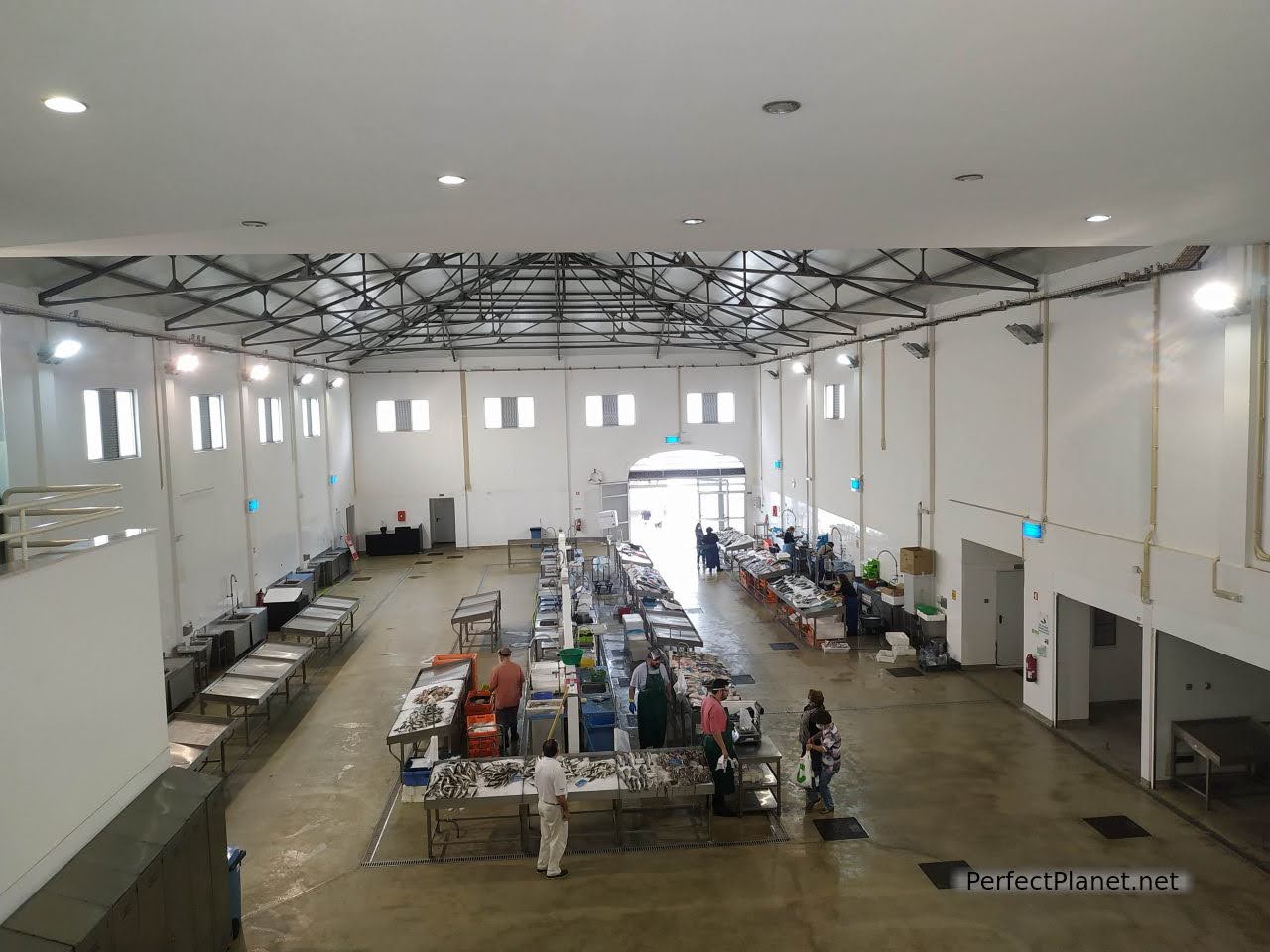
Fish market
We continue our route to the coastal town of Nazaré, a traditional fishing village that has now become an internationally famous surfing holiday destination.
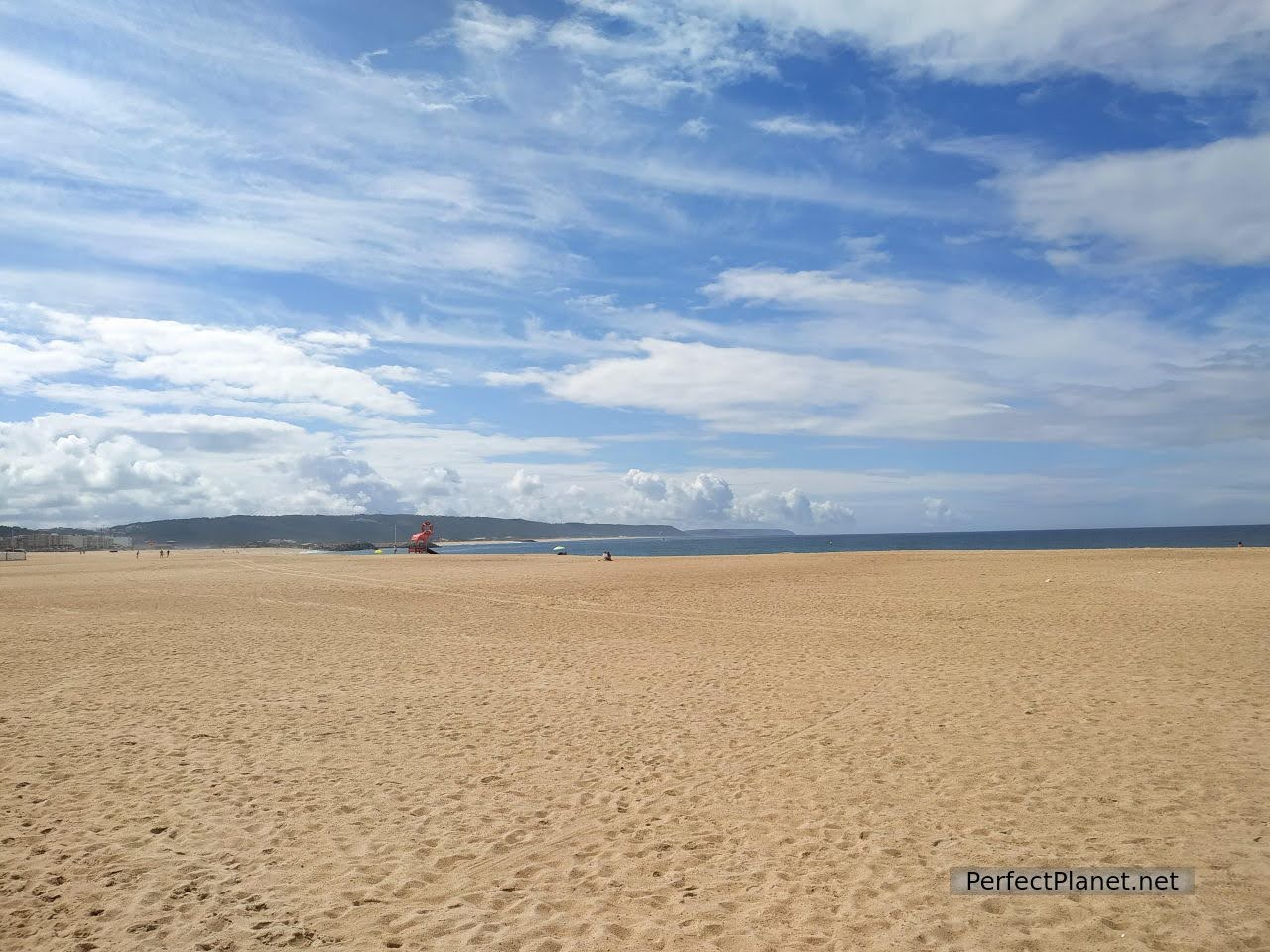
Nazaré beach
We park in the newer area and walk along the cobbled streets leading to Nazaré beach, a beautiful crescent-shaped stretch of sand several kilometres long.
We have a coffee in a little square next to the beach.
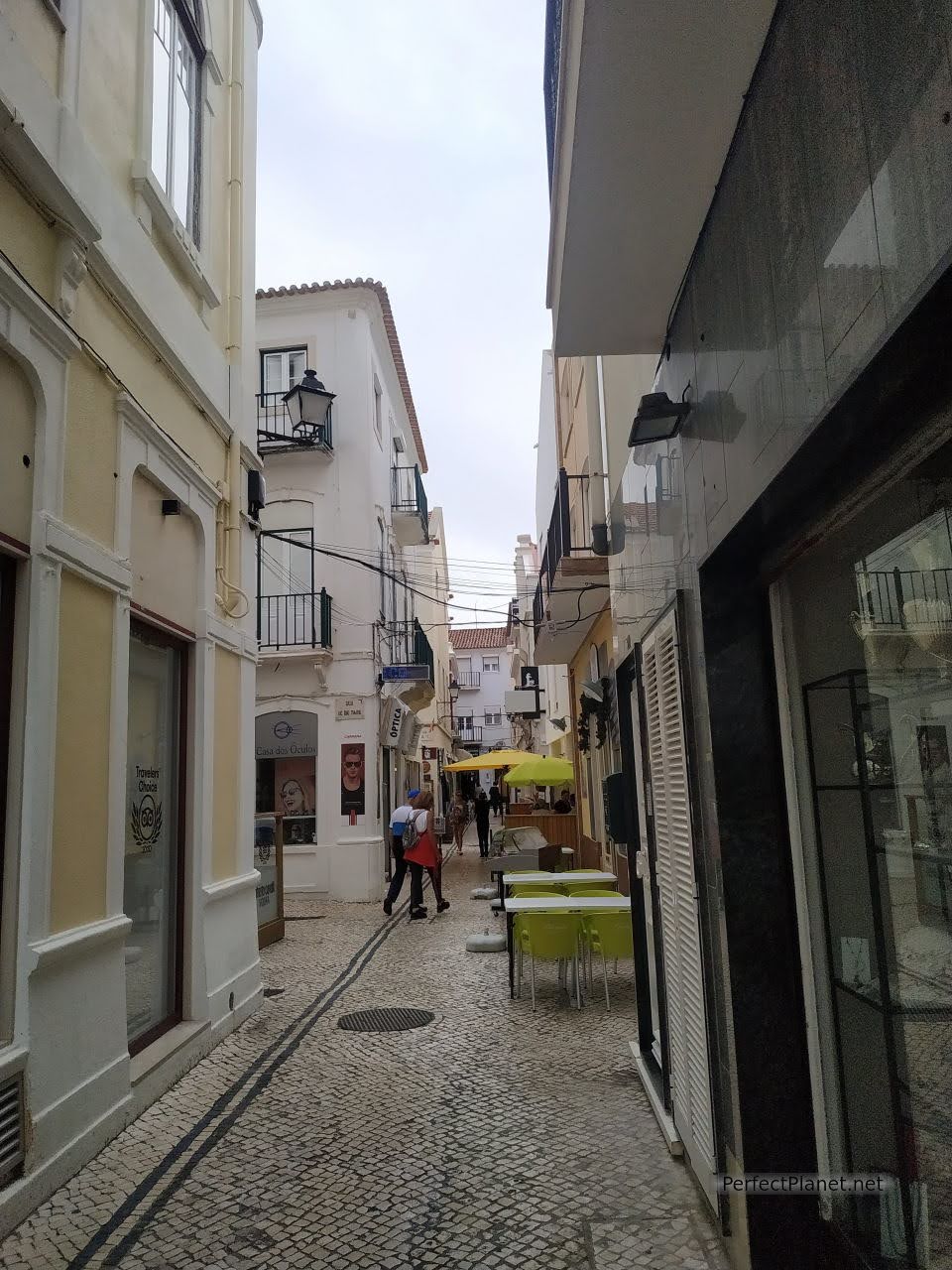
Nazaré
We take the lift up to the Promontorio do Sítio where the original village is located. It is a funicular that takes just five minutes to get there.
The views from the viewpoint of Suberco are spectacular, next to the Hermitage of Memory, legend has it that the nobleman D.Fuas Roupinho was saved from falling down the cliffs hidden in the fog thanks to the action of the Virgin who stopped his horse suddenly saving him and in gratitude he built this Hermitage.
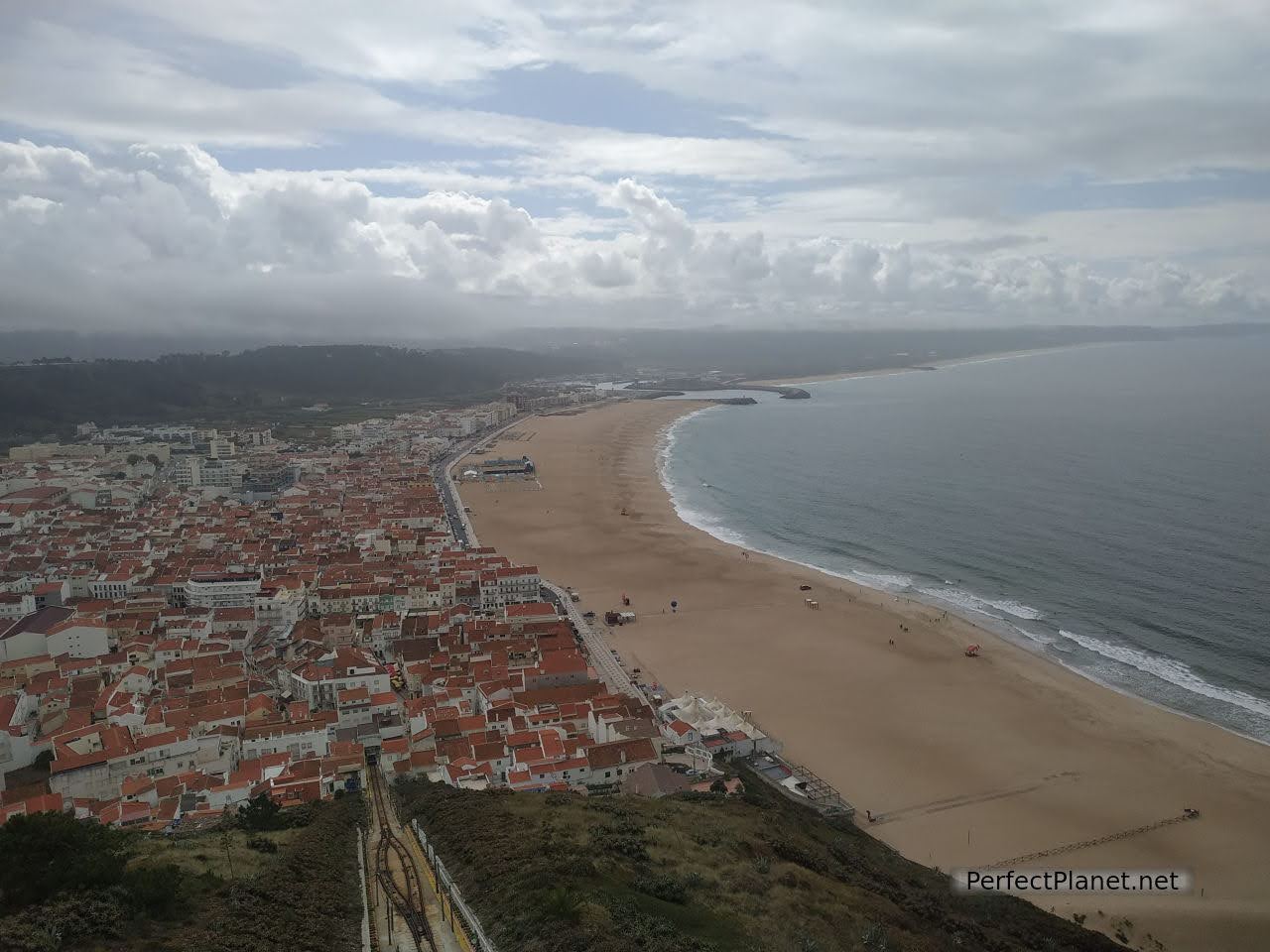
Views from Suberco viewpoint
The Sanctuary of Our Lady of Nazaré together with the Hermitage have been a very important pilgrimage centre in Portugal.
There are plenty of souvenir stalls in the surrounding area and restaurants.
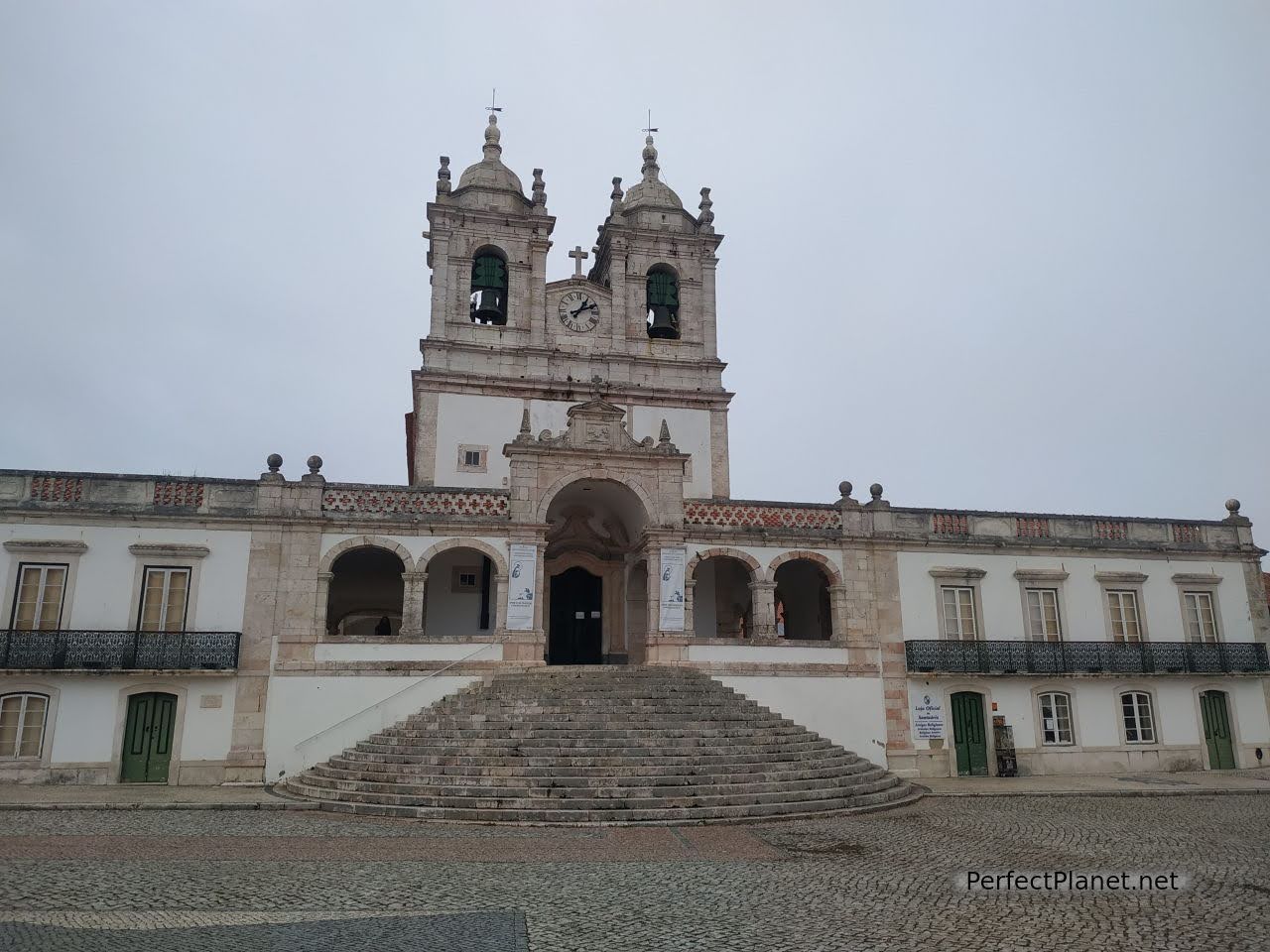
Sanctuary of Our Lady of Nazaré
Nazaré has achieved worldwide fame and has become a surfing mecca. In 2011, surfer Garret McNamara set a world record with a giant wave over twenty metres high. A five-kilometre long sea canyon points towards Praia do Norte, generating these tremendous waves.
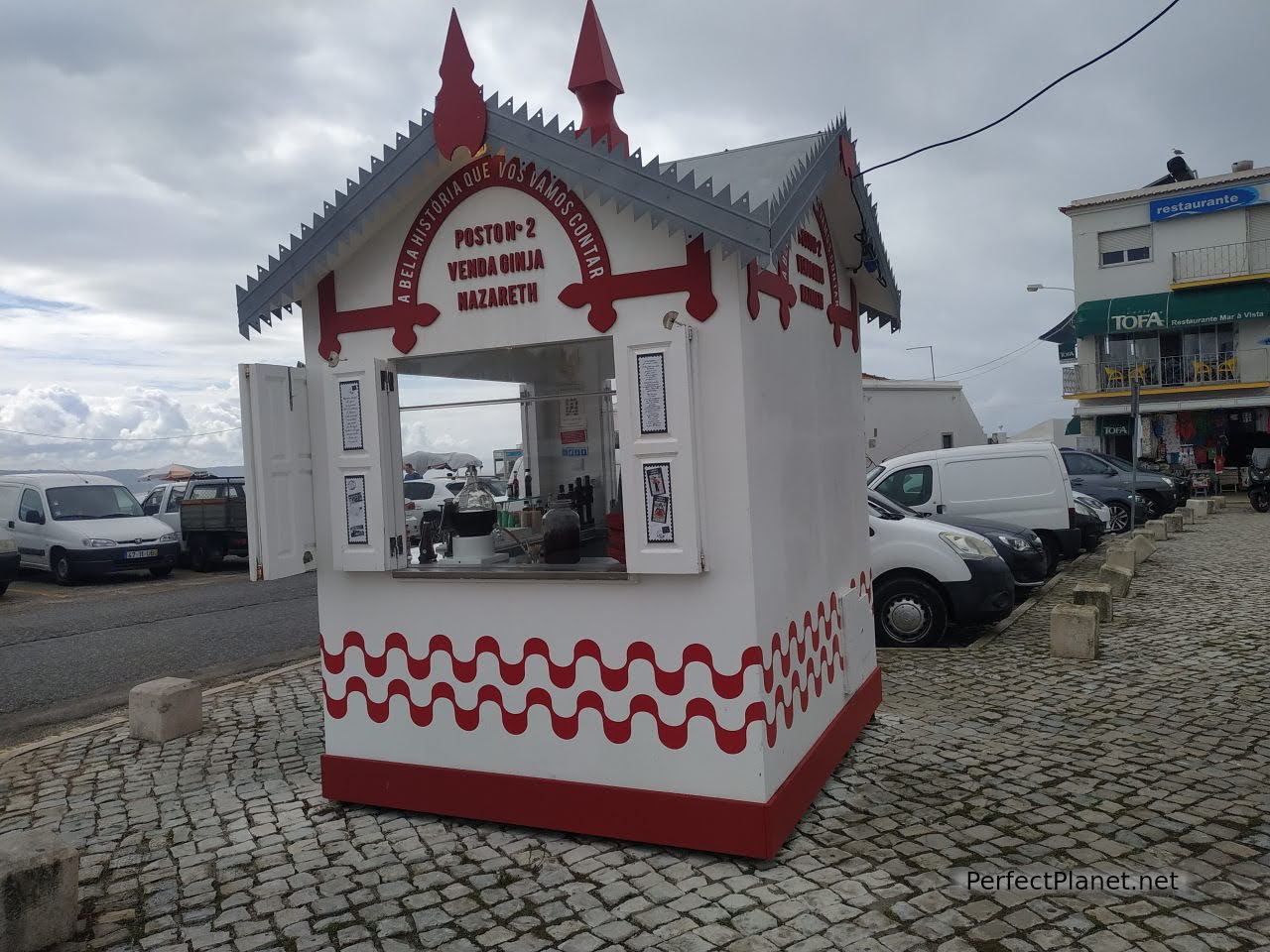
Nazaré
In the Fort of San Miguel, where the lighthouse is located, there is an exhibition about the history of surfing and an extensive explanation of how these impressive waves are generated. The views from the lighthouse are also spectacular, so don't miss it. Not to be missed.
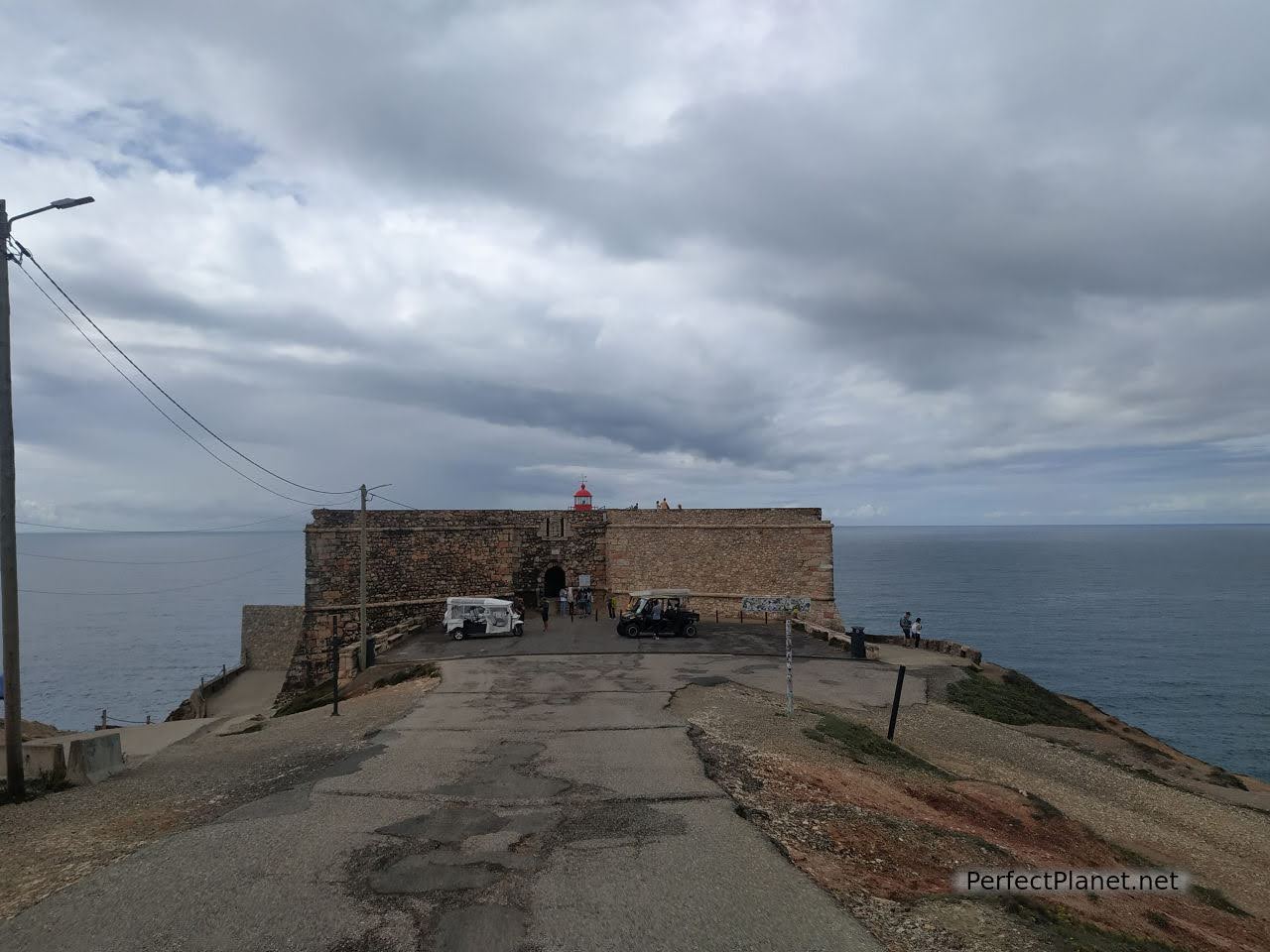
Fort of San Miguel
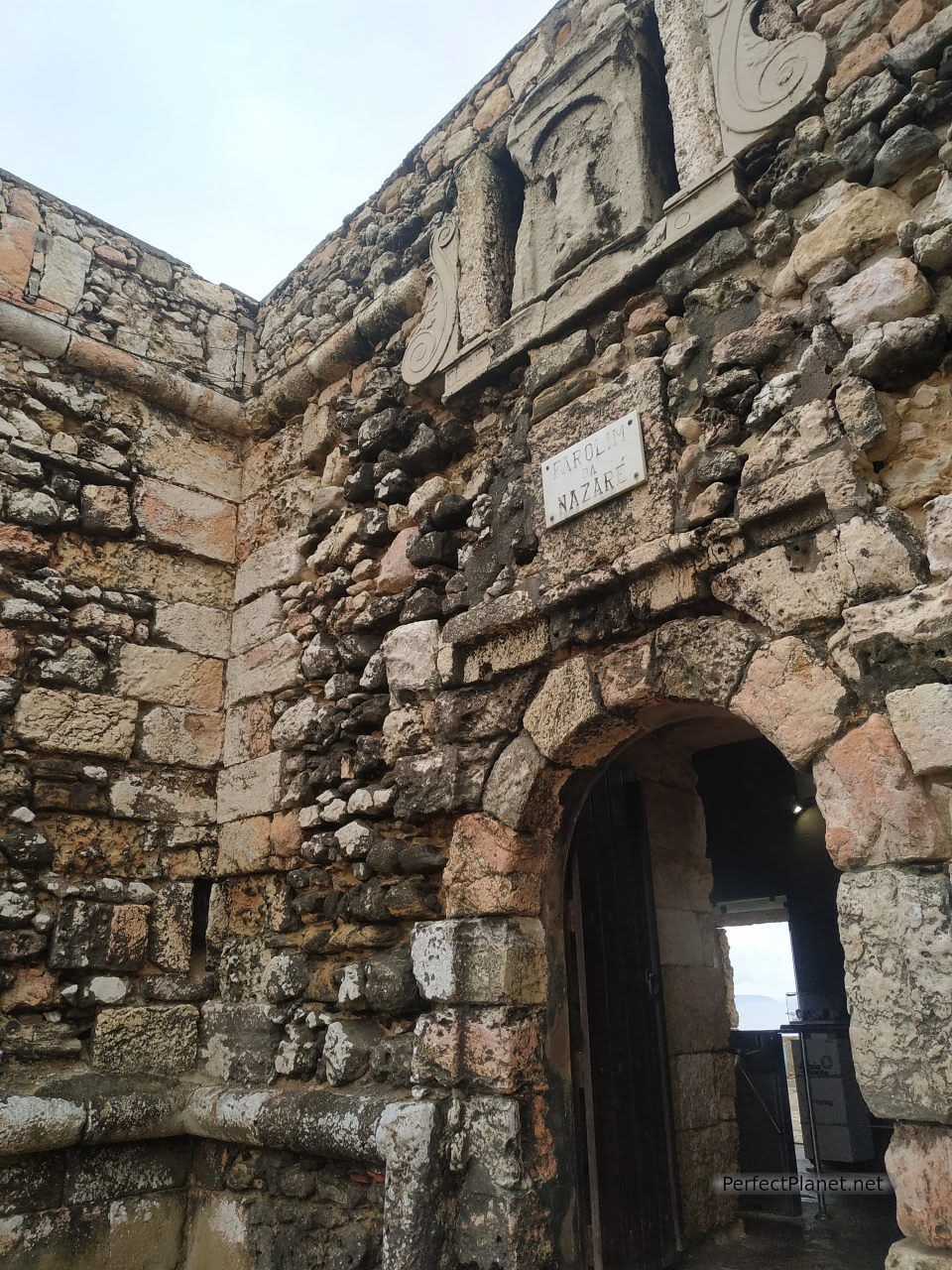
Fort of San Miguel
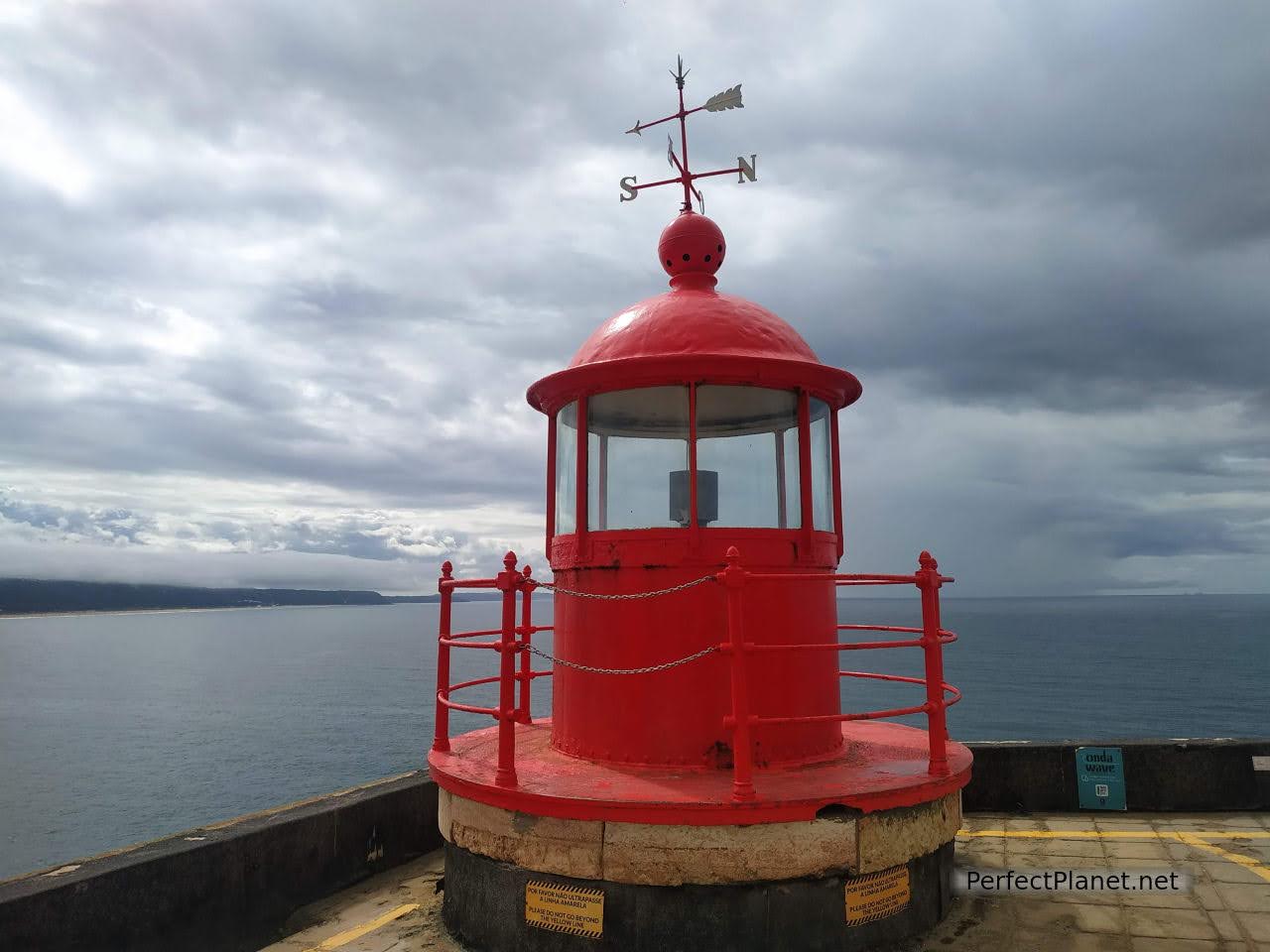
Lighthouse
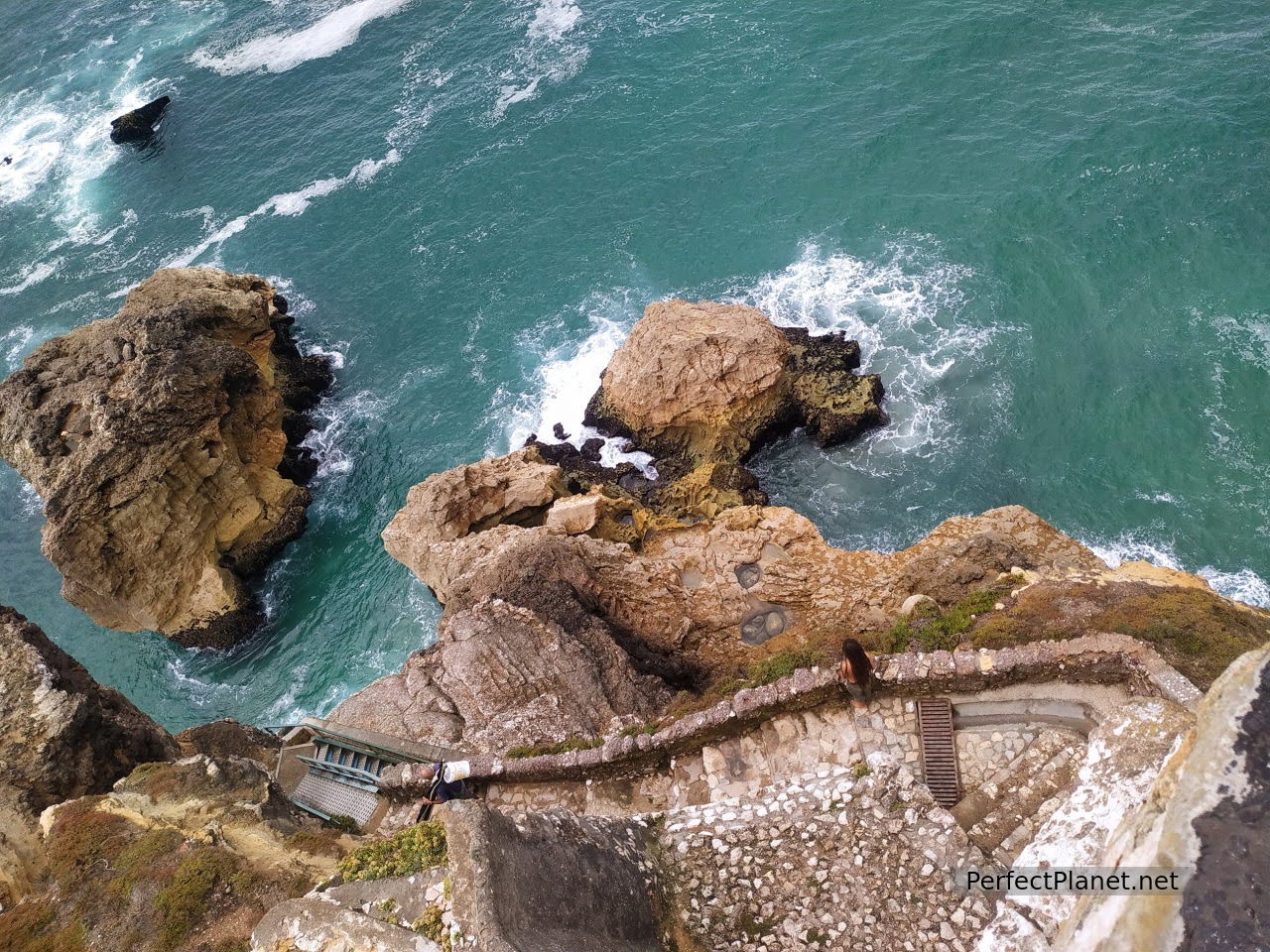
Views
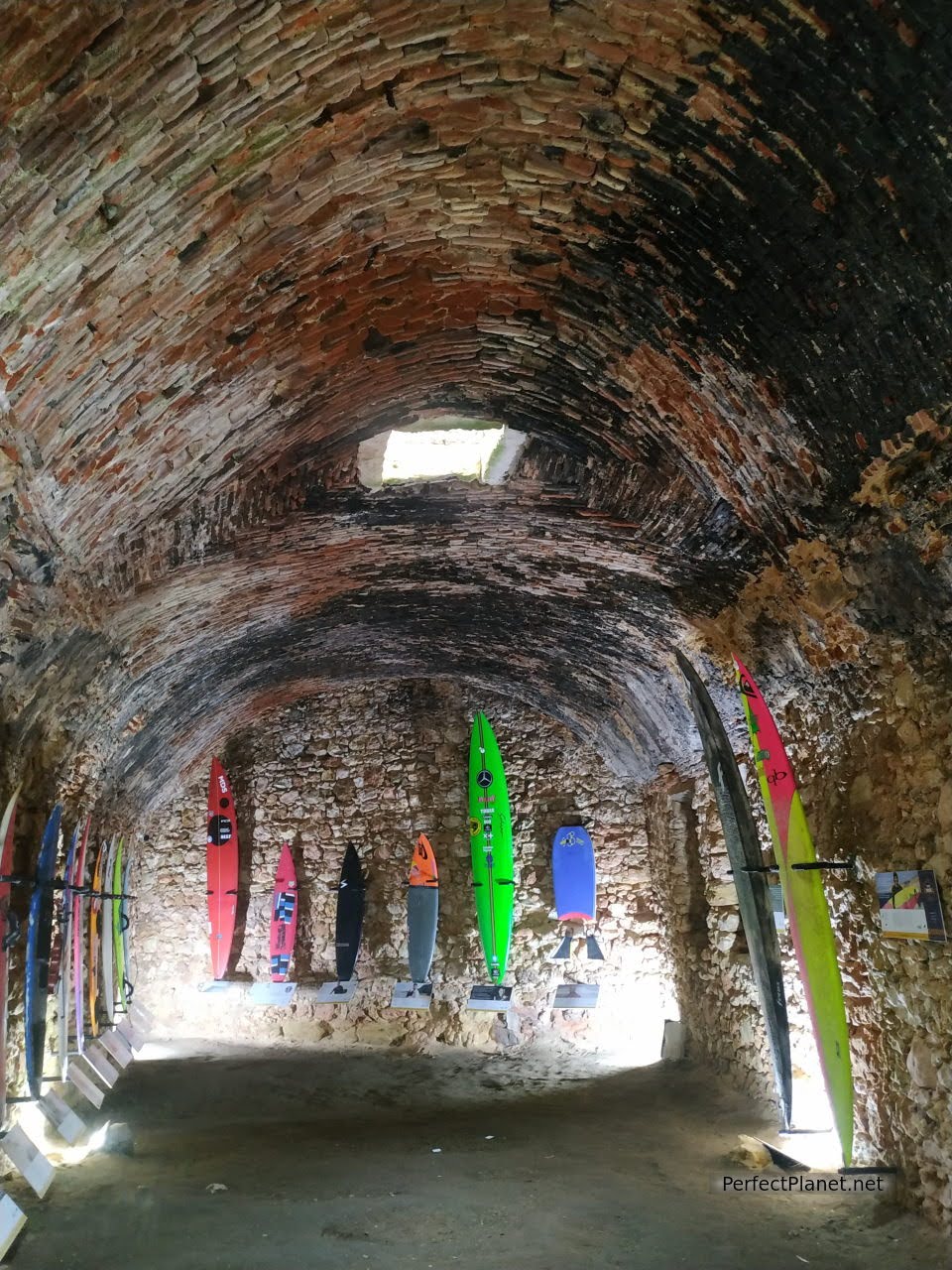
Museum
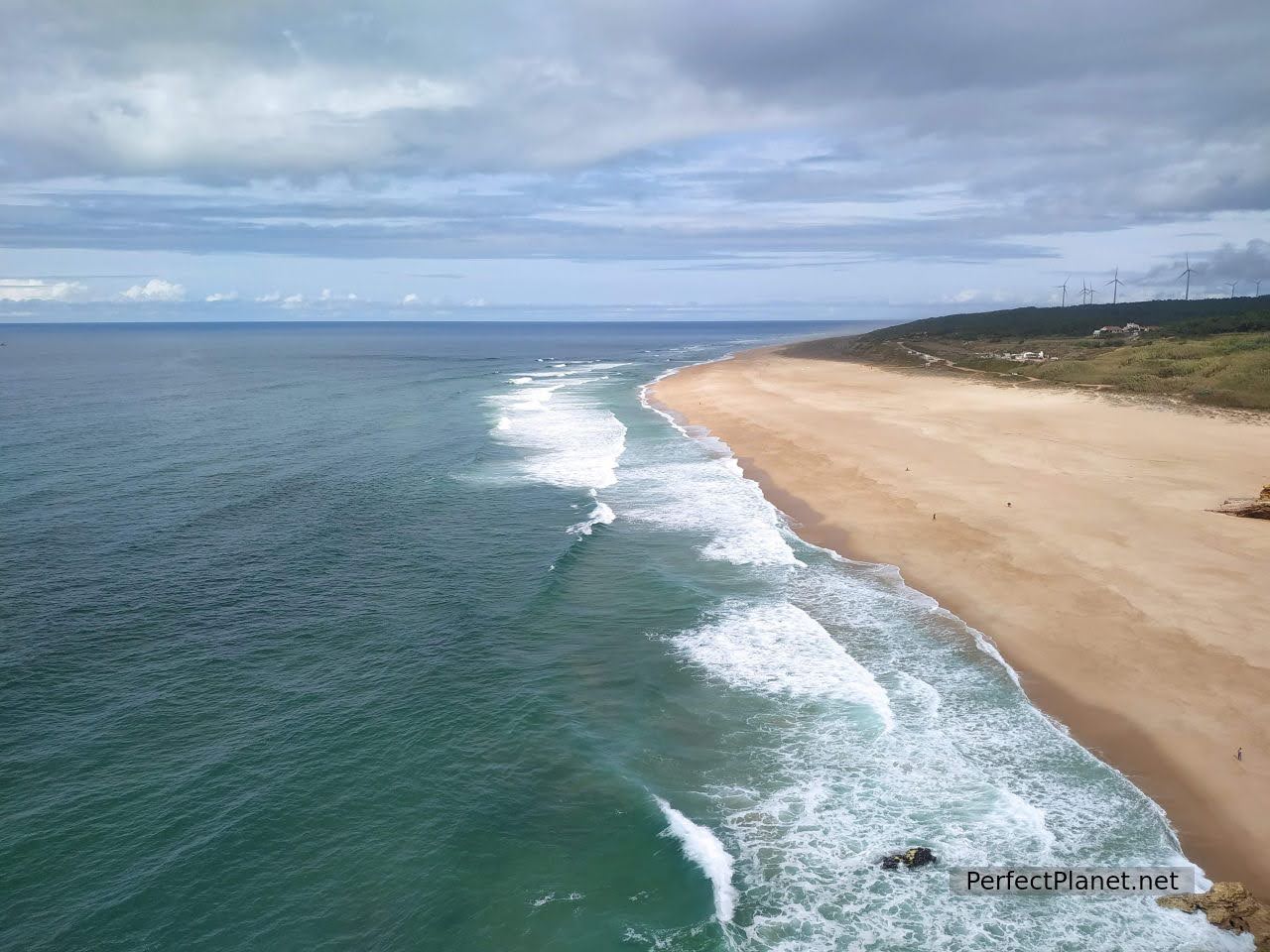
North beach
From the fort to the village you can walk up, take a tuk tuk or a kind of buggy for €1 per person.
We walk back to the beach to eat at the restaurant A Tasquinha a spectacular cataplana (fish, seafood and vegetable stew accompanied with rice) and clams washed down with a good local wine. Highly recommended.
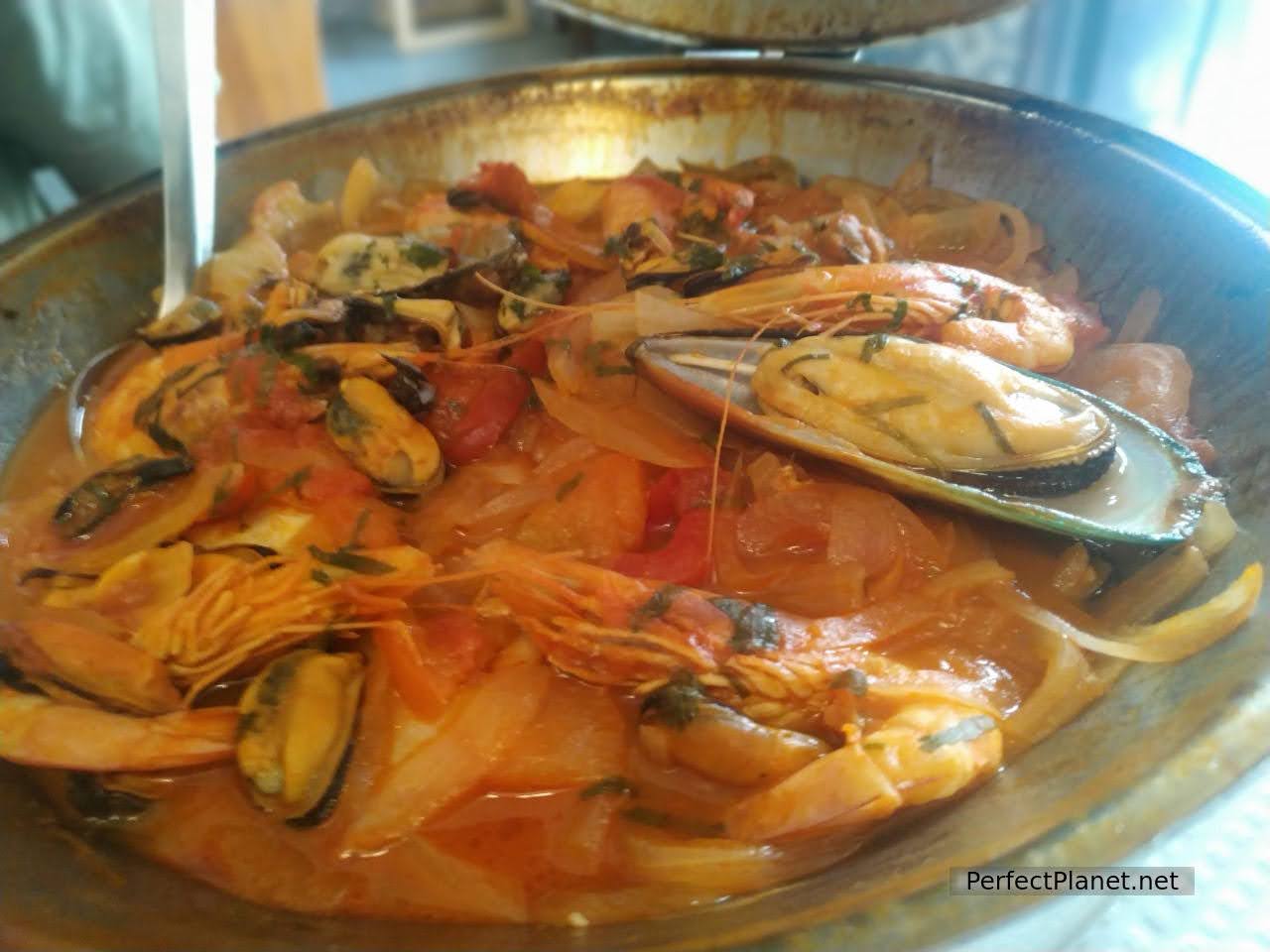
Cataplana
After lunch we take the car to our next stop Alcobaça.
Alcobaça is a small and quiet town in the Portuguese hinterland where the impressive 12th century Mosteiro de Santa Maria de Alcobaça stands out. Not to be missed.
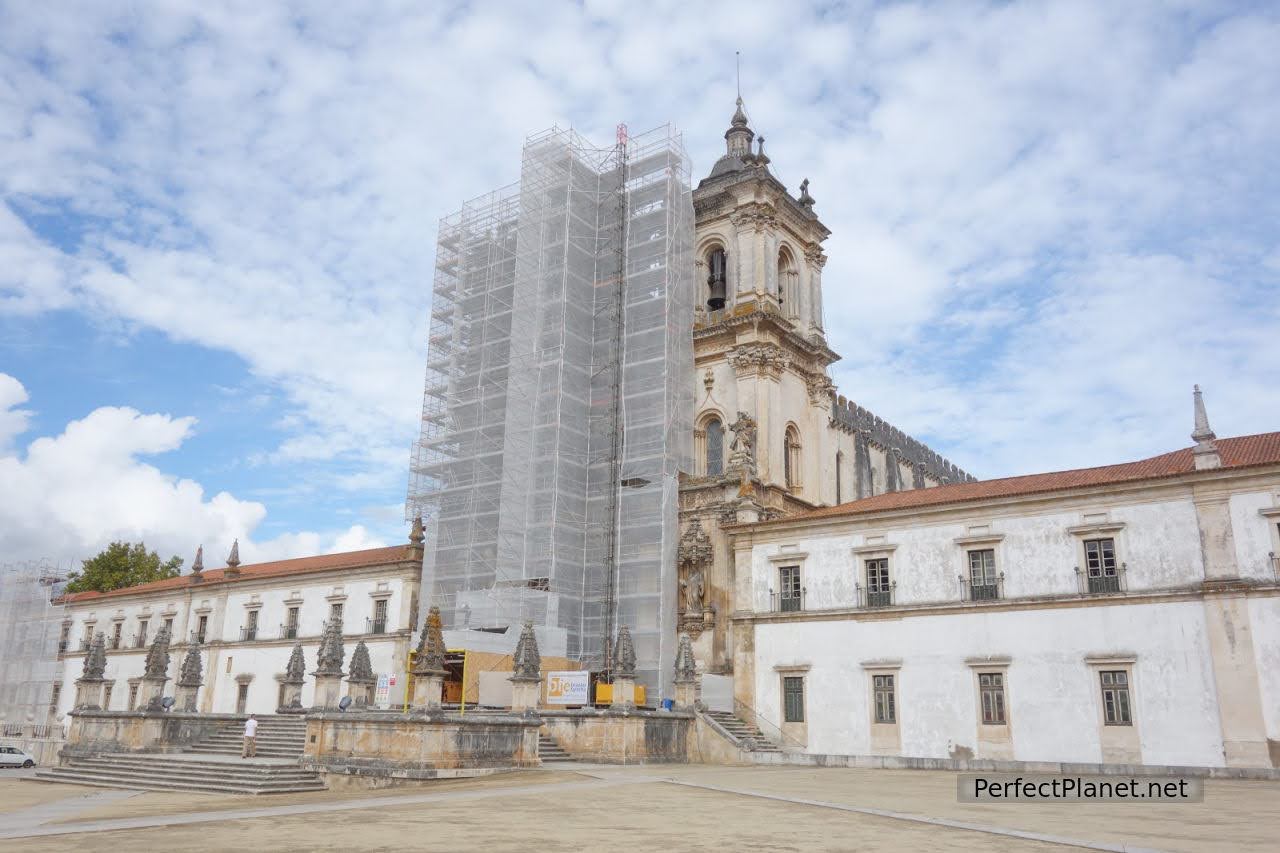
Monastery of Santa Maria de Alcobaça
Although part of its baroque façade is currently being restored, the interior is not to be missed. The church is the largest temple in Portugal. With a sober interior that combines Gothic style with Cistercian austerity, the tombs of Dom Pedro I and his mistress Inés de Castro stand out. With a very gruesome history. On the death of Dom Pedro's wife, his own father forbade him to marry Inés. Some nobles convinced Dom Pedro's father, Alfonso IV, to authorise her murder without knowing that the lovers had already married in secret. When Dom Pedro ascended to the throne he avenged the death of Inés by tearing out the hearts of her executioners, exhumed the body of his beloved and forced the court to pay homage to her by kissing her decomposing hand. If you notice, Agnes' body does not rest on lions like Dom Pedro's, but on figures representing the men who murdered her.
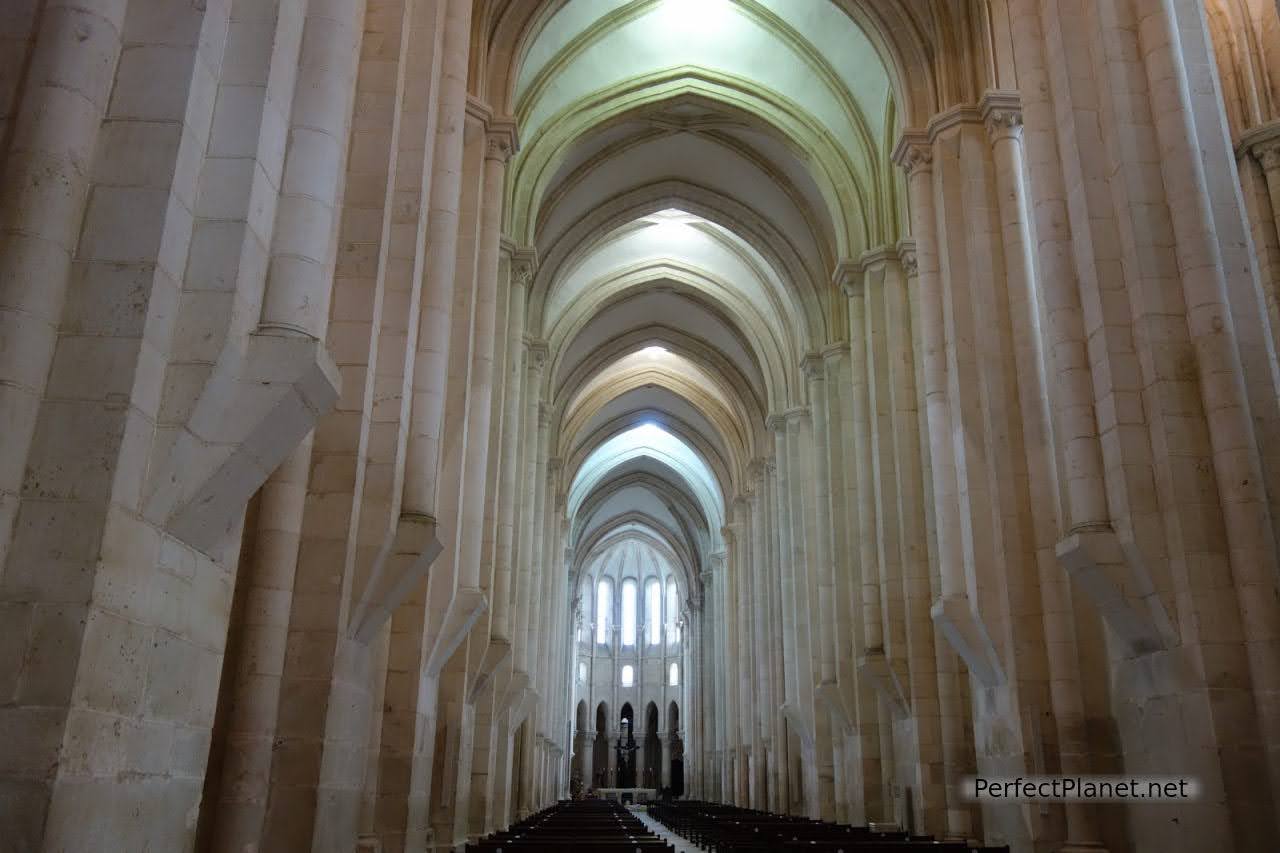
Church
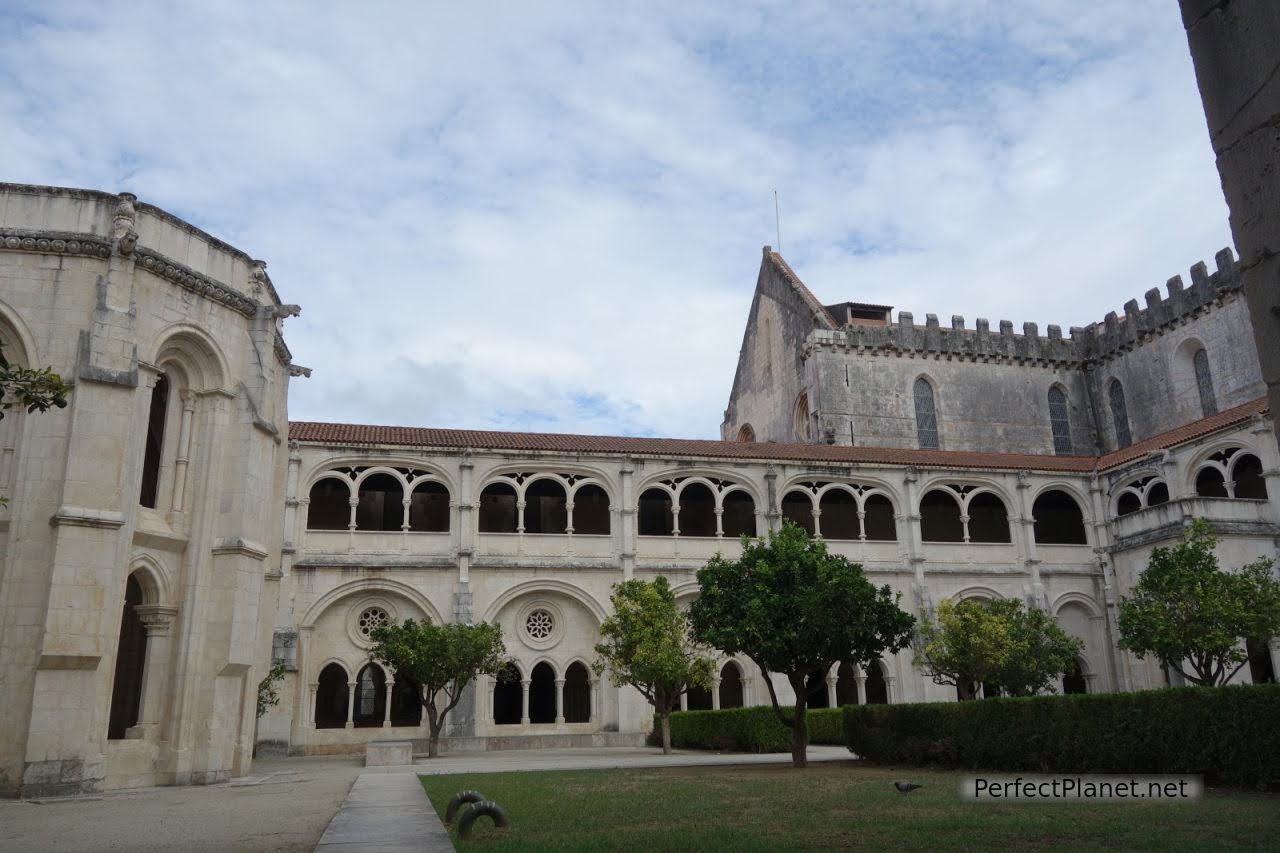
Cloister
The rest of the monastery is also worth a visit.
The kitchen with huge fireplaces and a water channel directly connected to the river to carry the live fish.
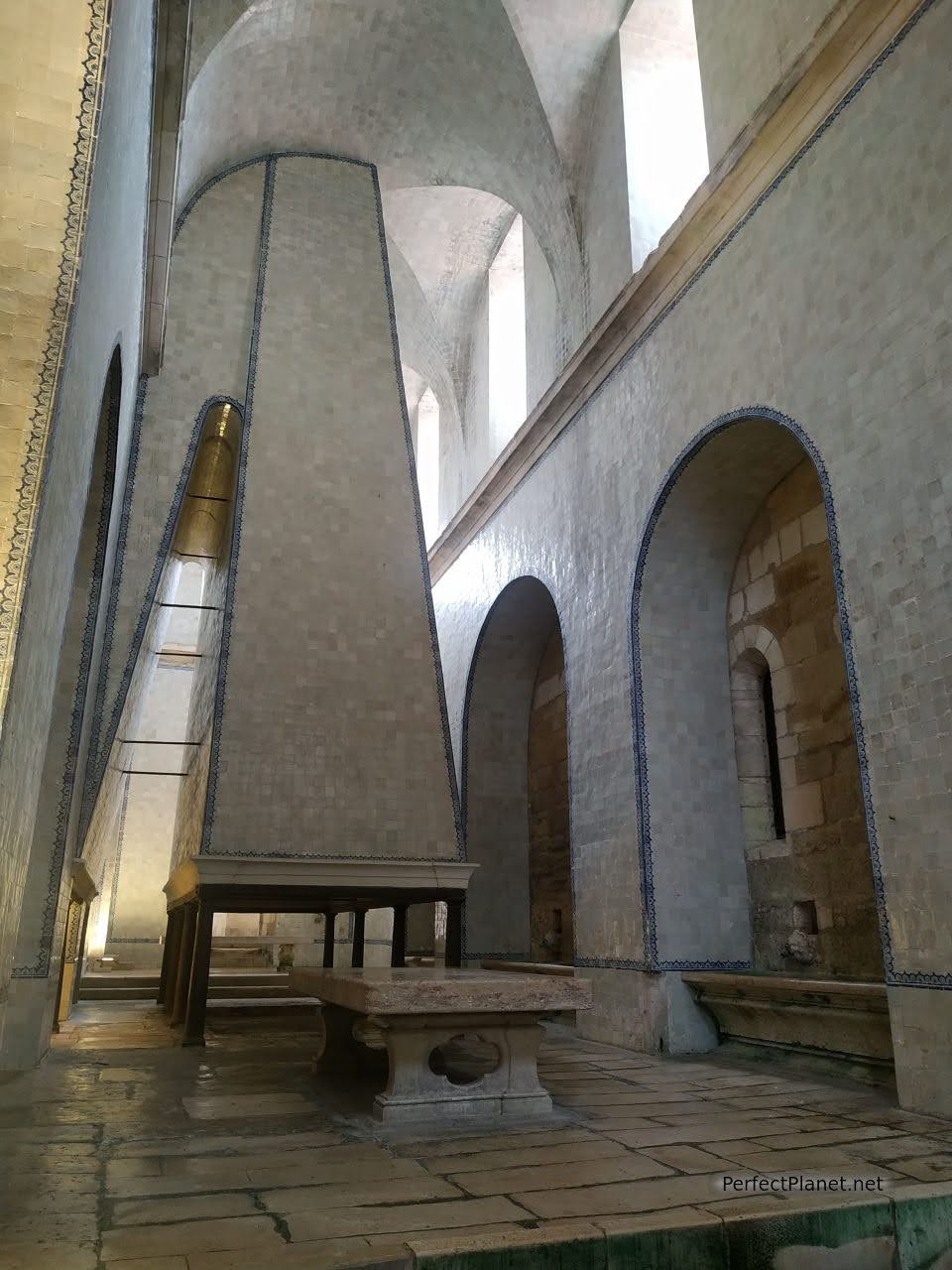
Kitchen
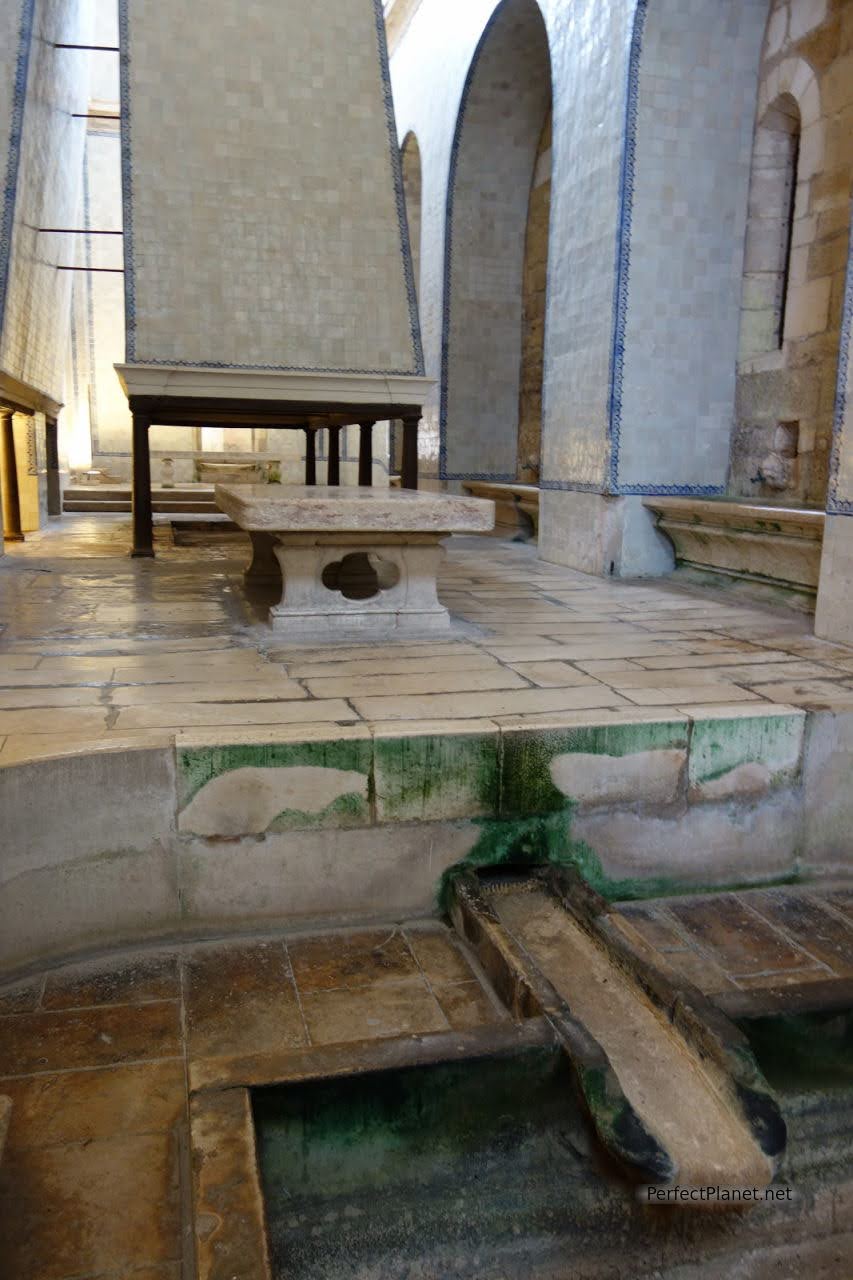
Kitchen
The vaulted refectory in which the monks ate their meals while the Bible was being read, accessed through a very narrow door through which friars who could not cross it could not eat that day.
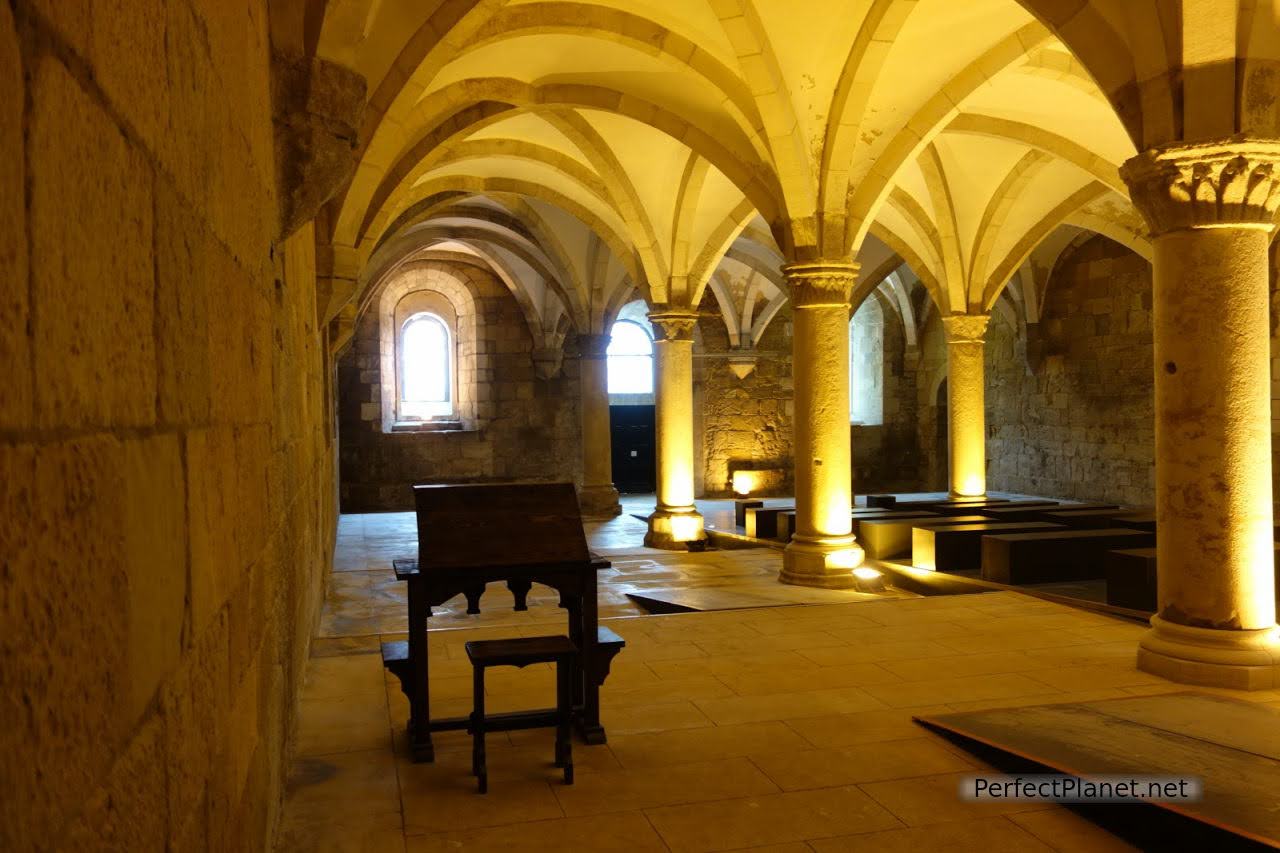
Refectory
The Cloister of Silence, two storeys high.
The monks' room, where they slept.
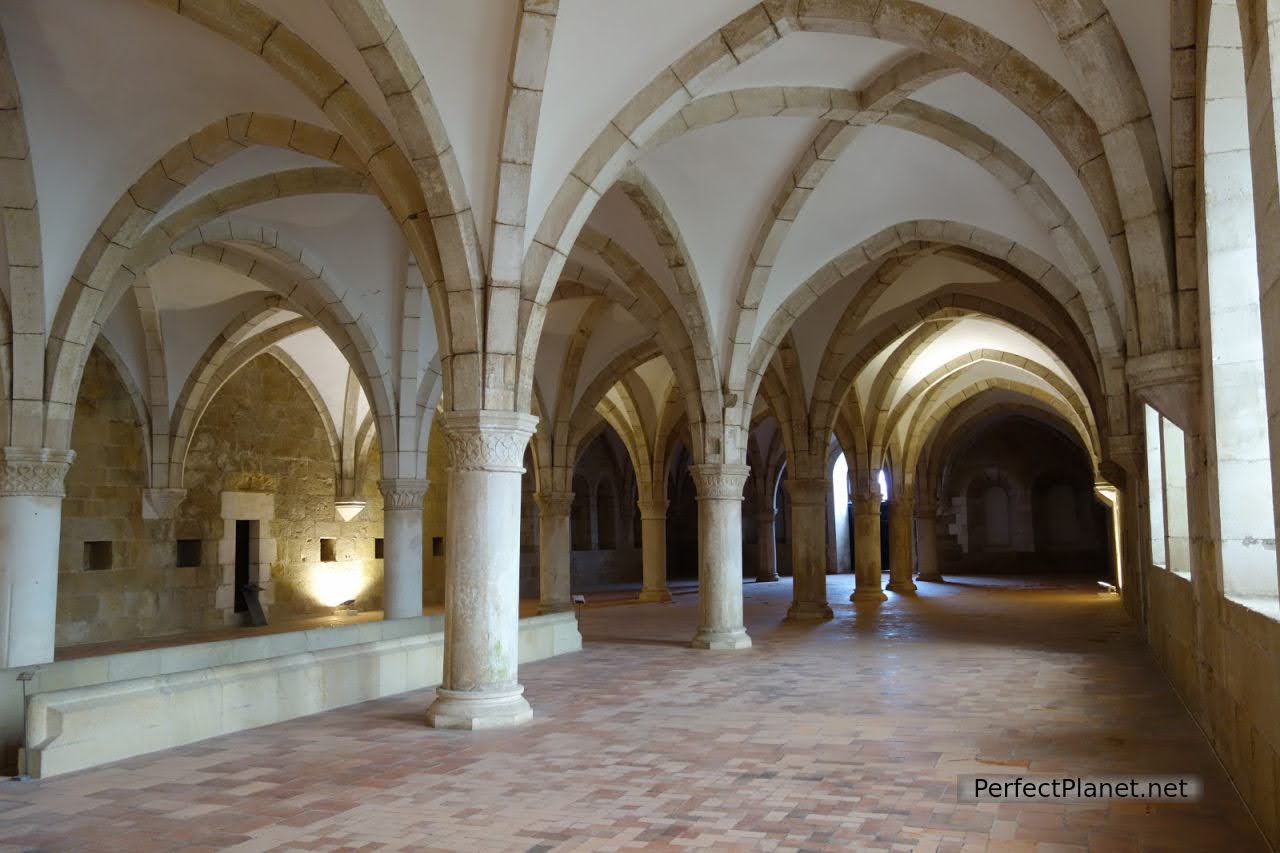
Monk´s rooms
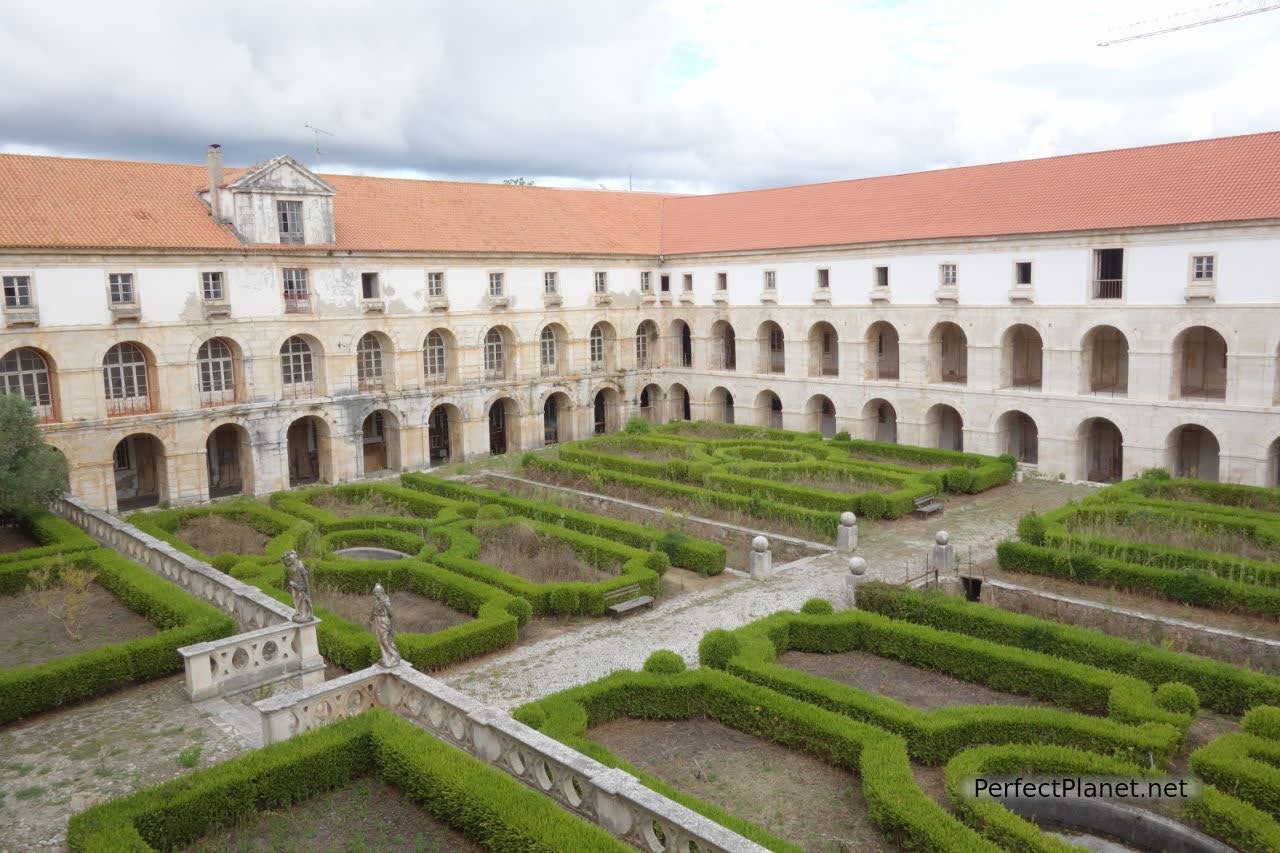
Cloister
The Hall of the Kings, from the 18th century, with statues of almost all the kings of Portugal decorated with tiles.
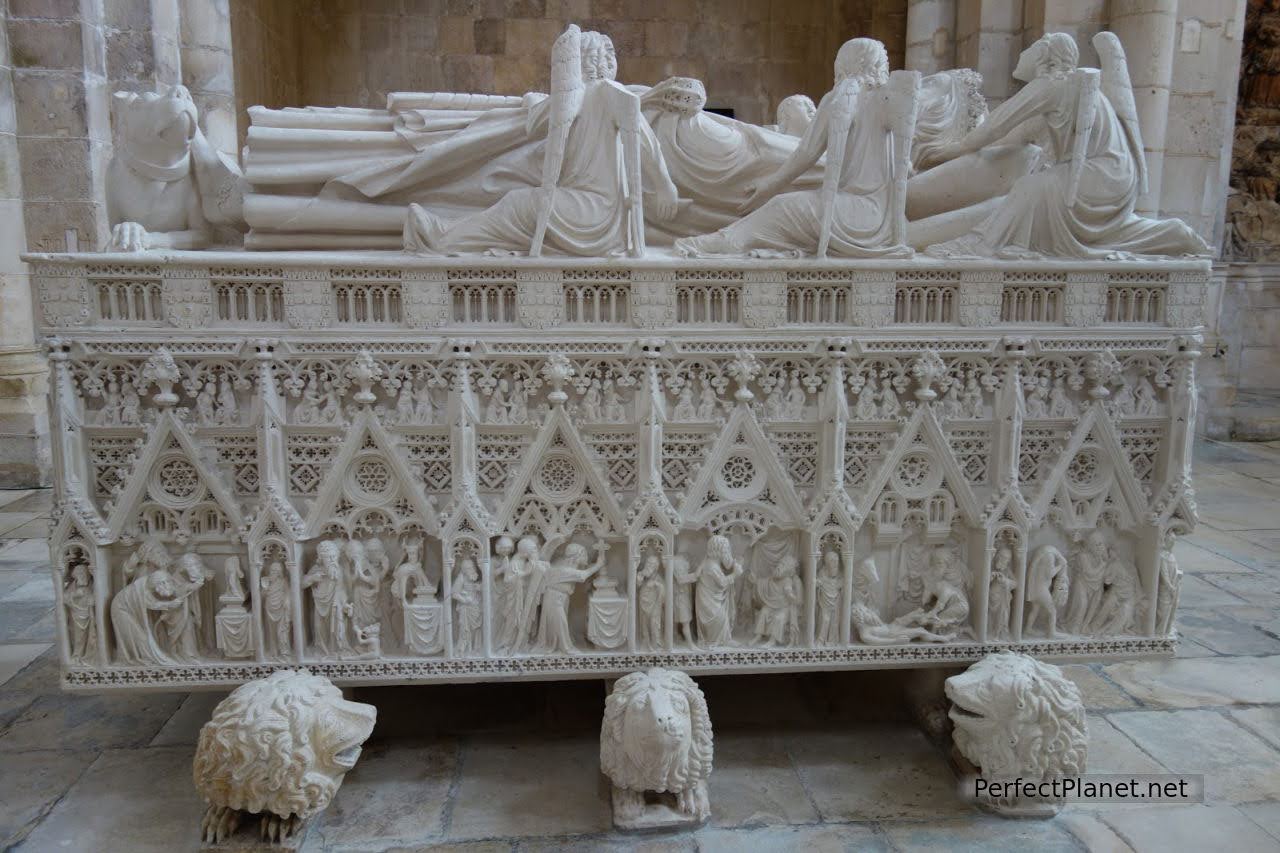
Dom Pedro tomb
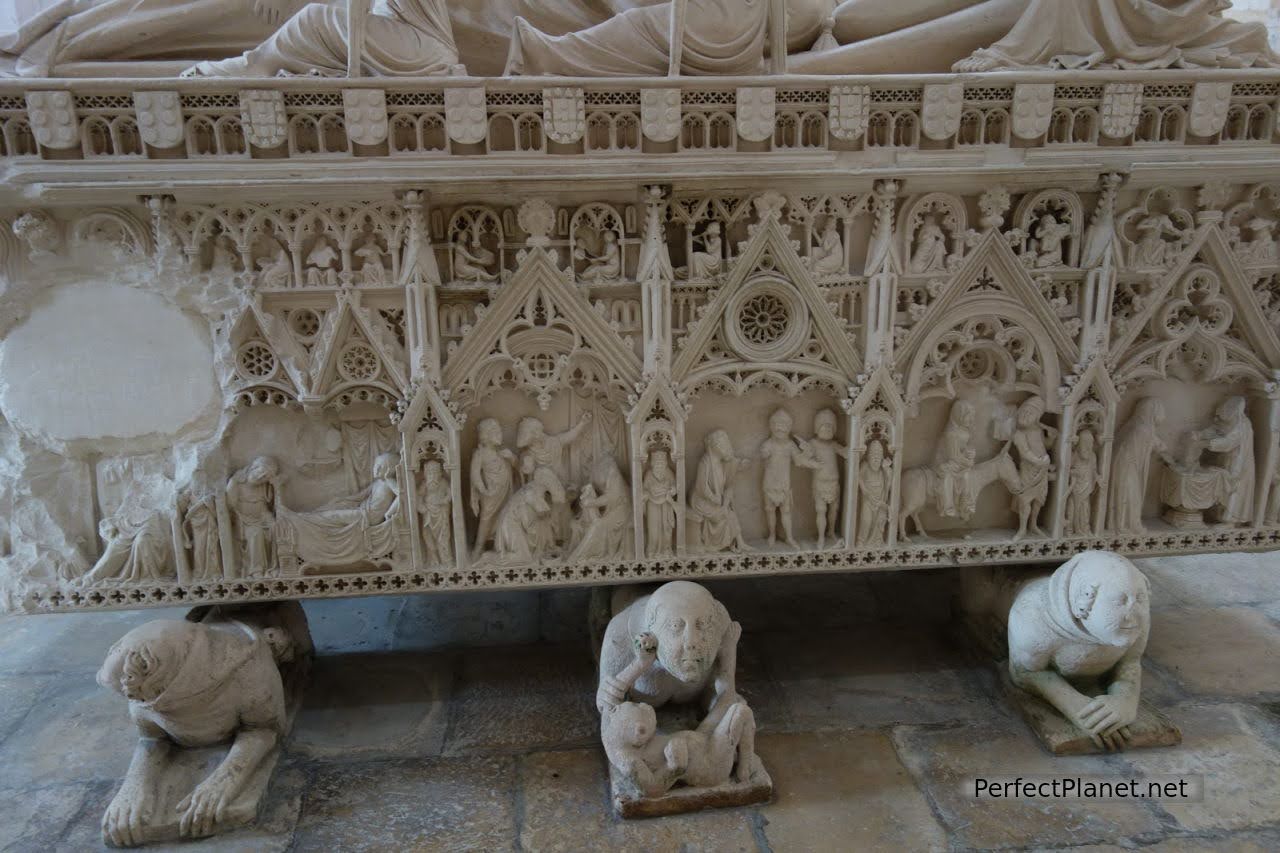
Lady Ines tomb
Back in the car we make our last stop of the day, the town of Óbidos.
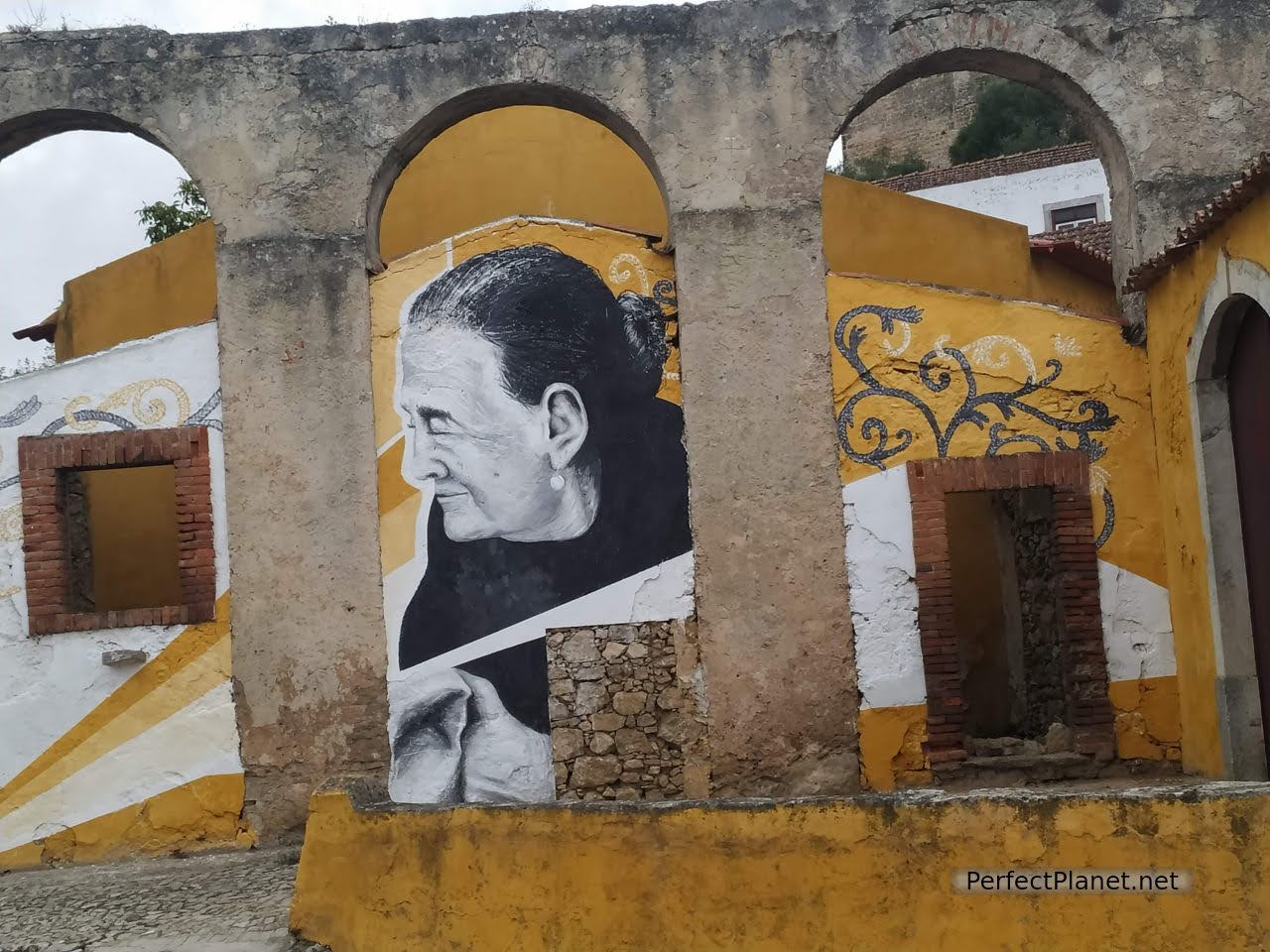
Aqueduct of Óbidos
This fortified Portuguese town, declared a World Heritage Site, is a must-see if you visit the area. Inside, a tangle of cobbled streets, whitewashed houses with flowers and touches of bright yellows and blues, delight the visitor.
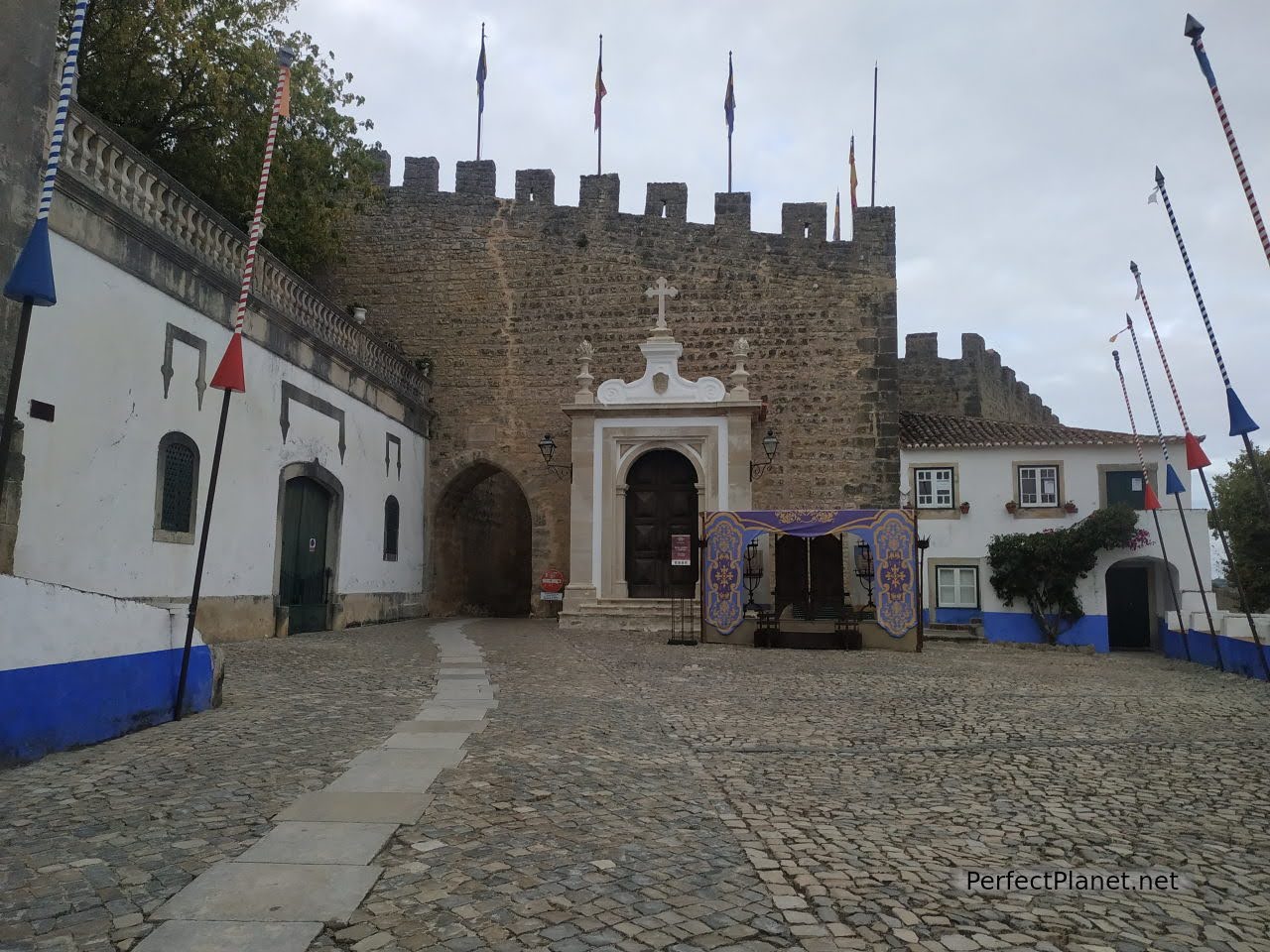
Óbidos
We parked near the aqueduct, which is more than three kilometres long, on an esplanade and entered through the Porta da Villa. A spectacular door, decorated with tiles and a small altar, that leads to the Rua Dereita, the main street of the village, full of small craft shops.
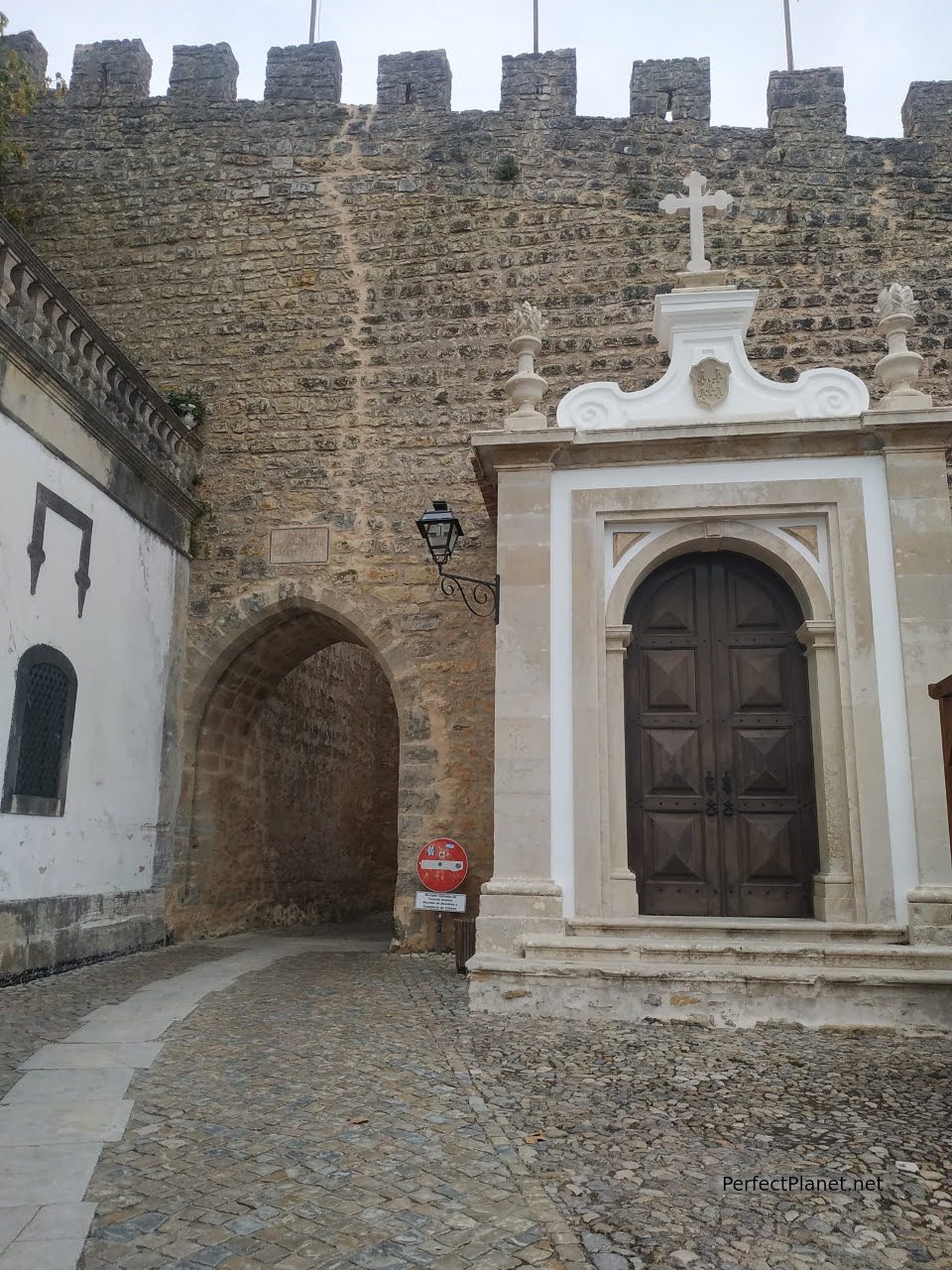
Porta da Villa
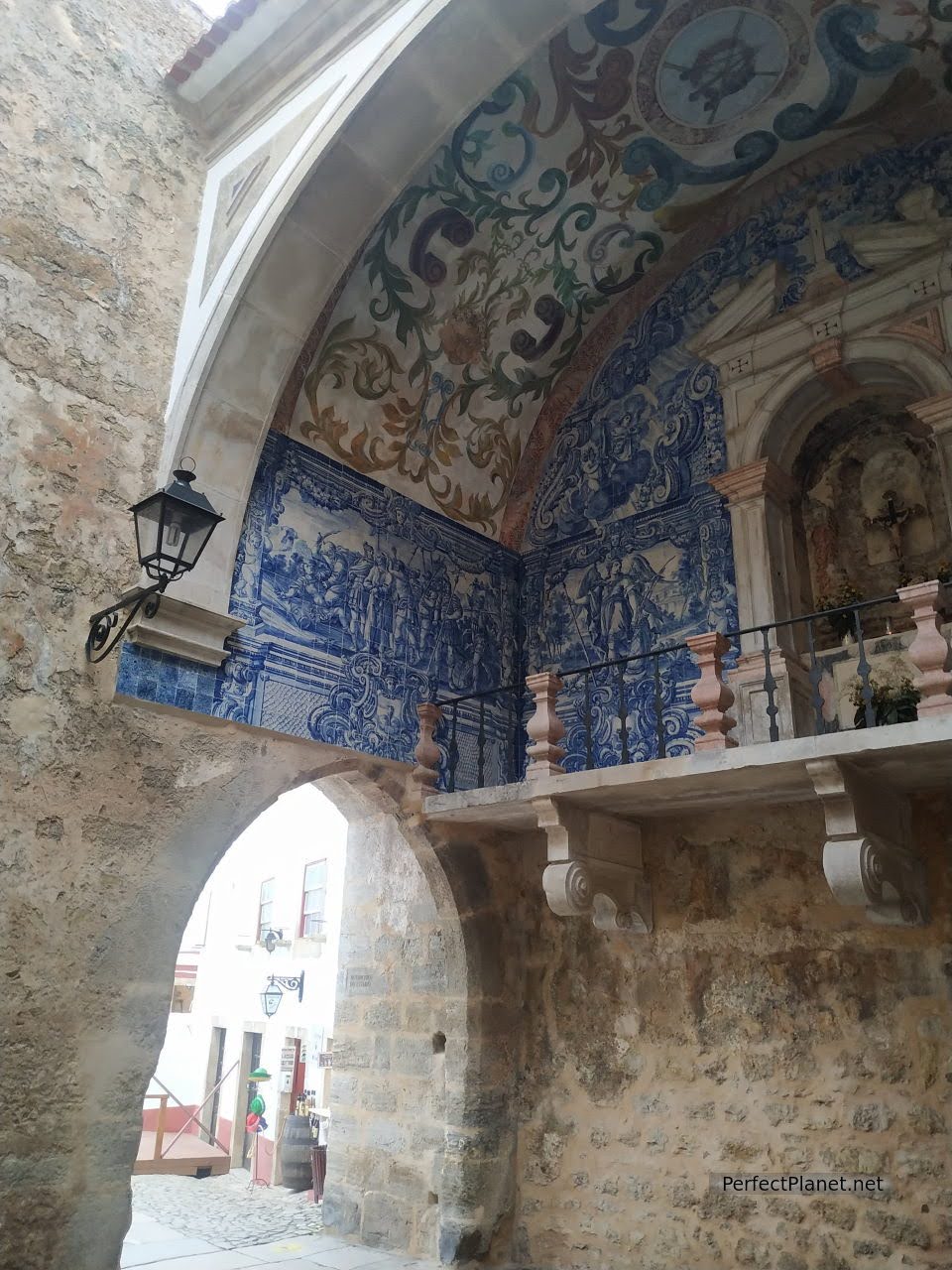
Porta da Villa
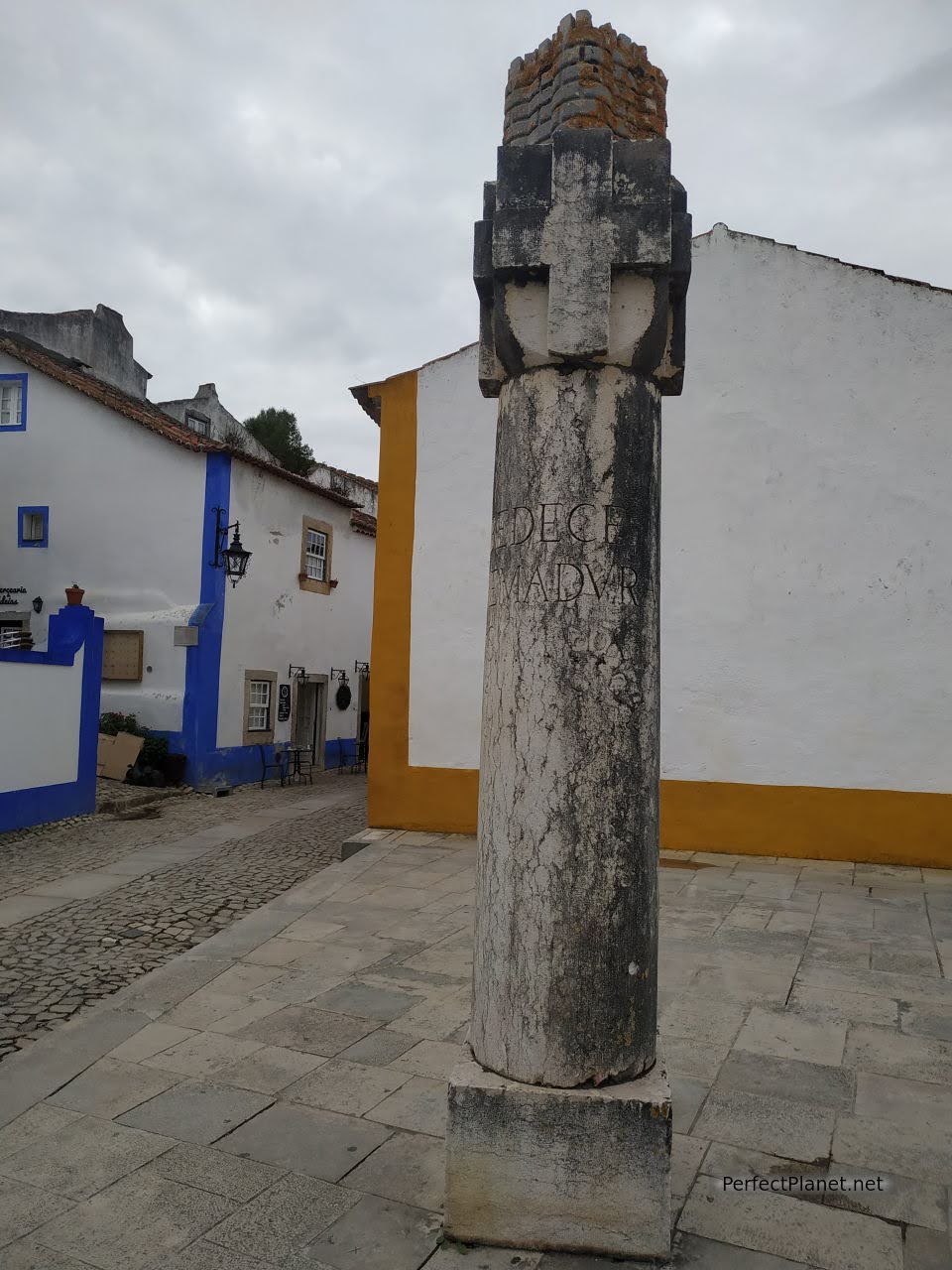
Óbidos
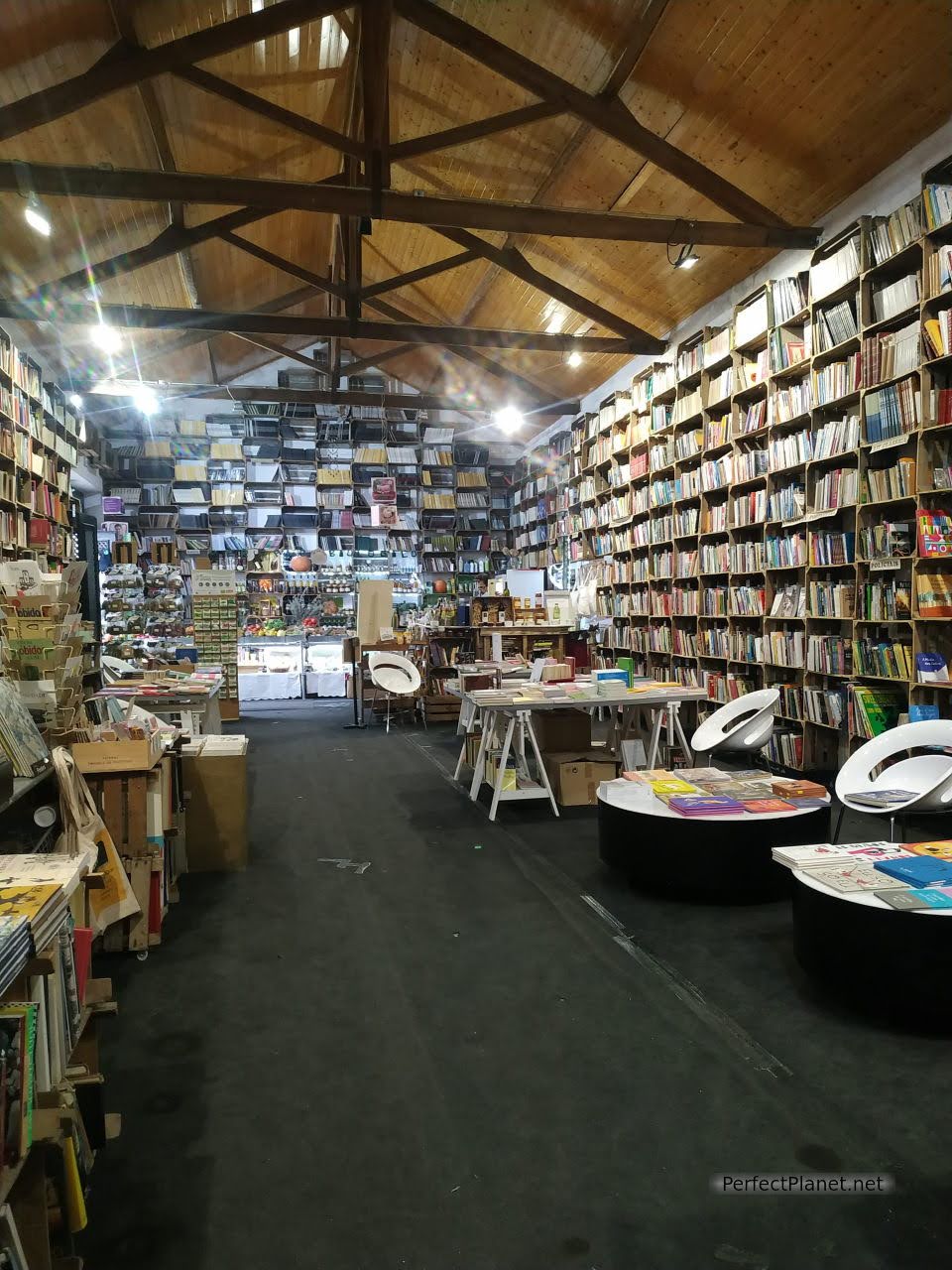
Bookshop
There are several churches of note such as Santa Maria, Sao Tiago and Misericordia. Very close to the entrance to the castle there is a church converted into a bookshop that you cannot miss: the Livraria de Santiago. Not to be missed.
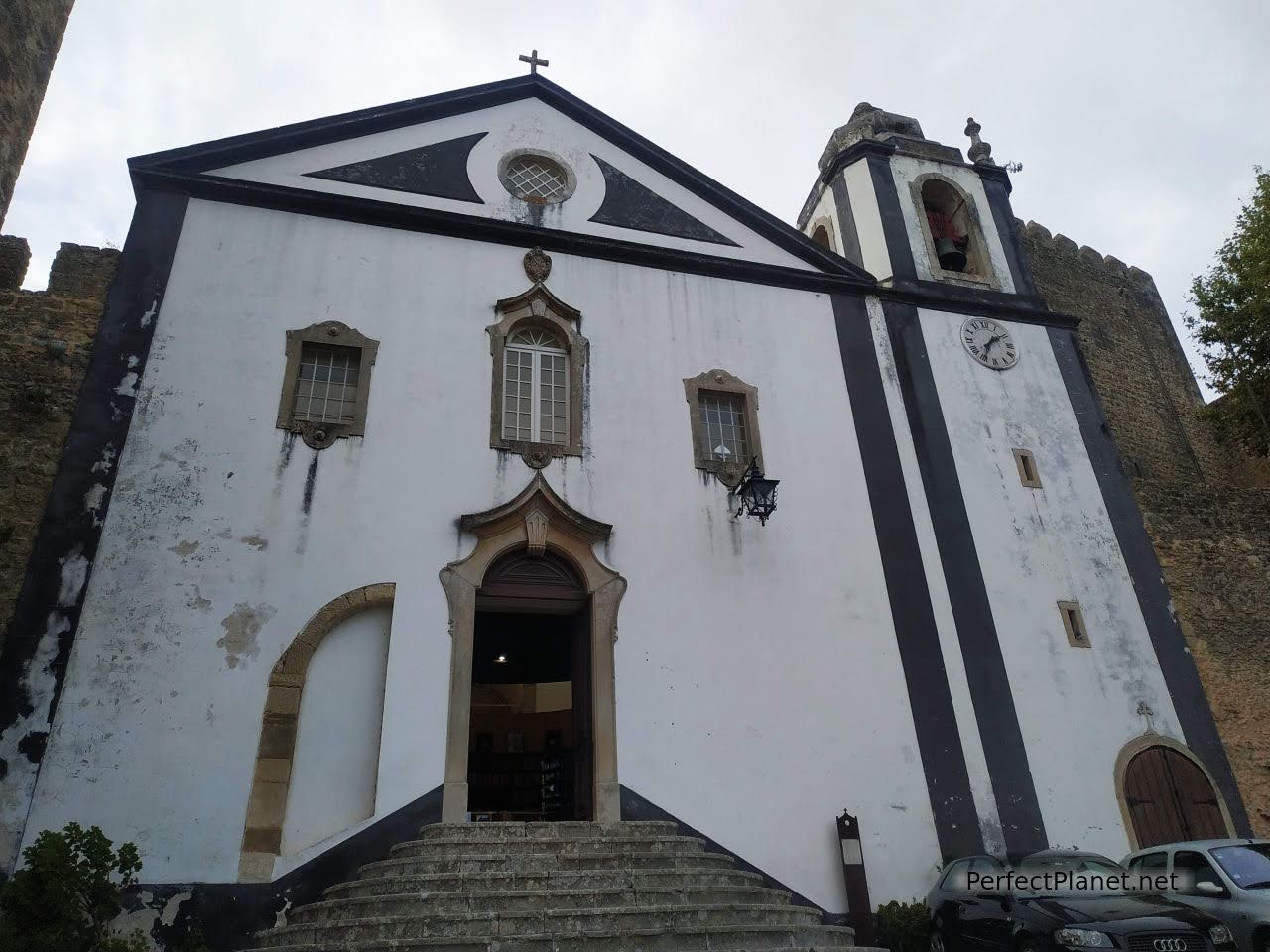
Santiago bookshop
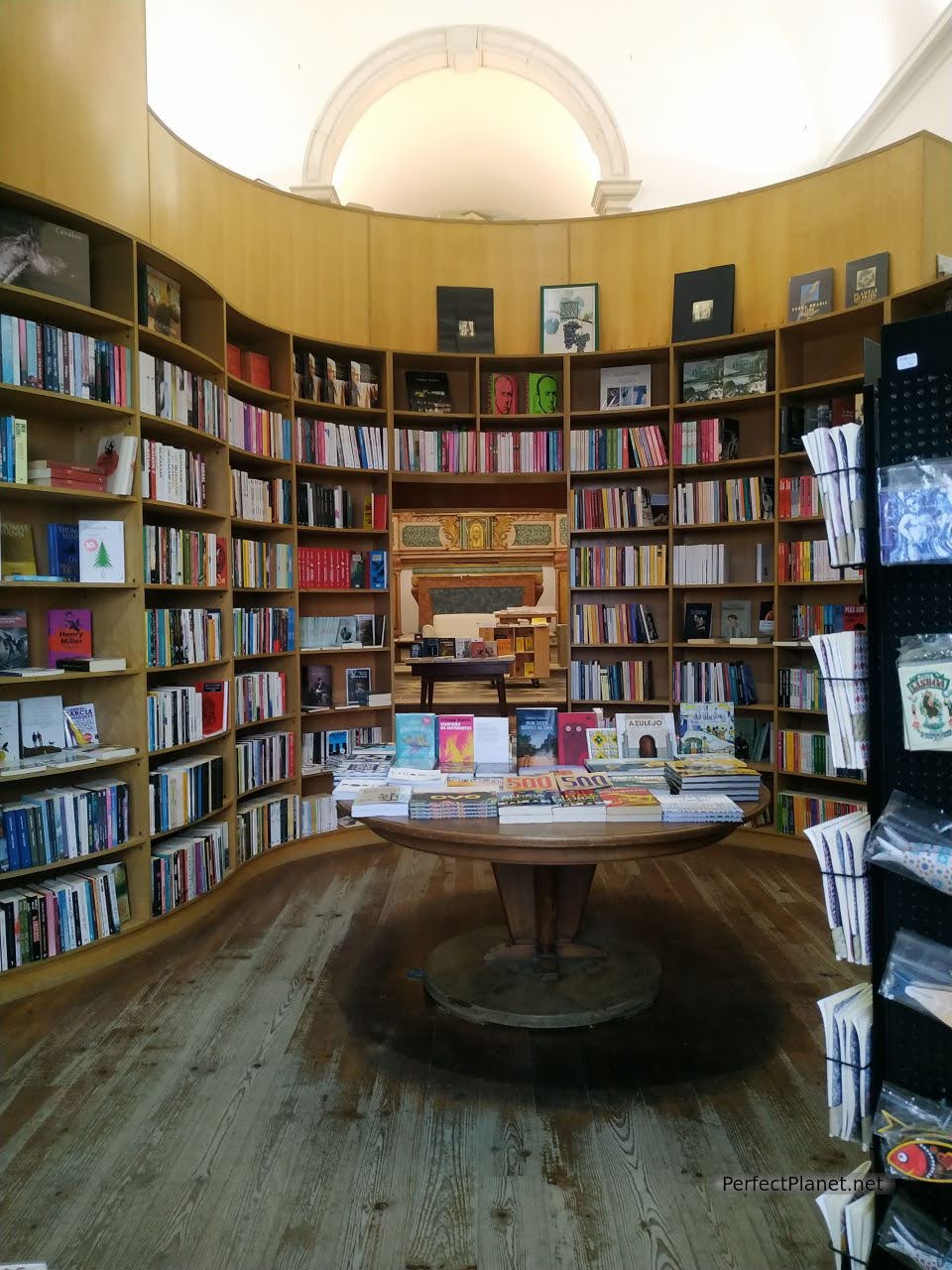
Santiago bookshop
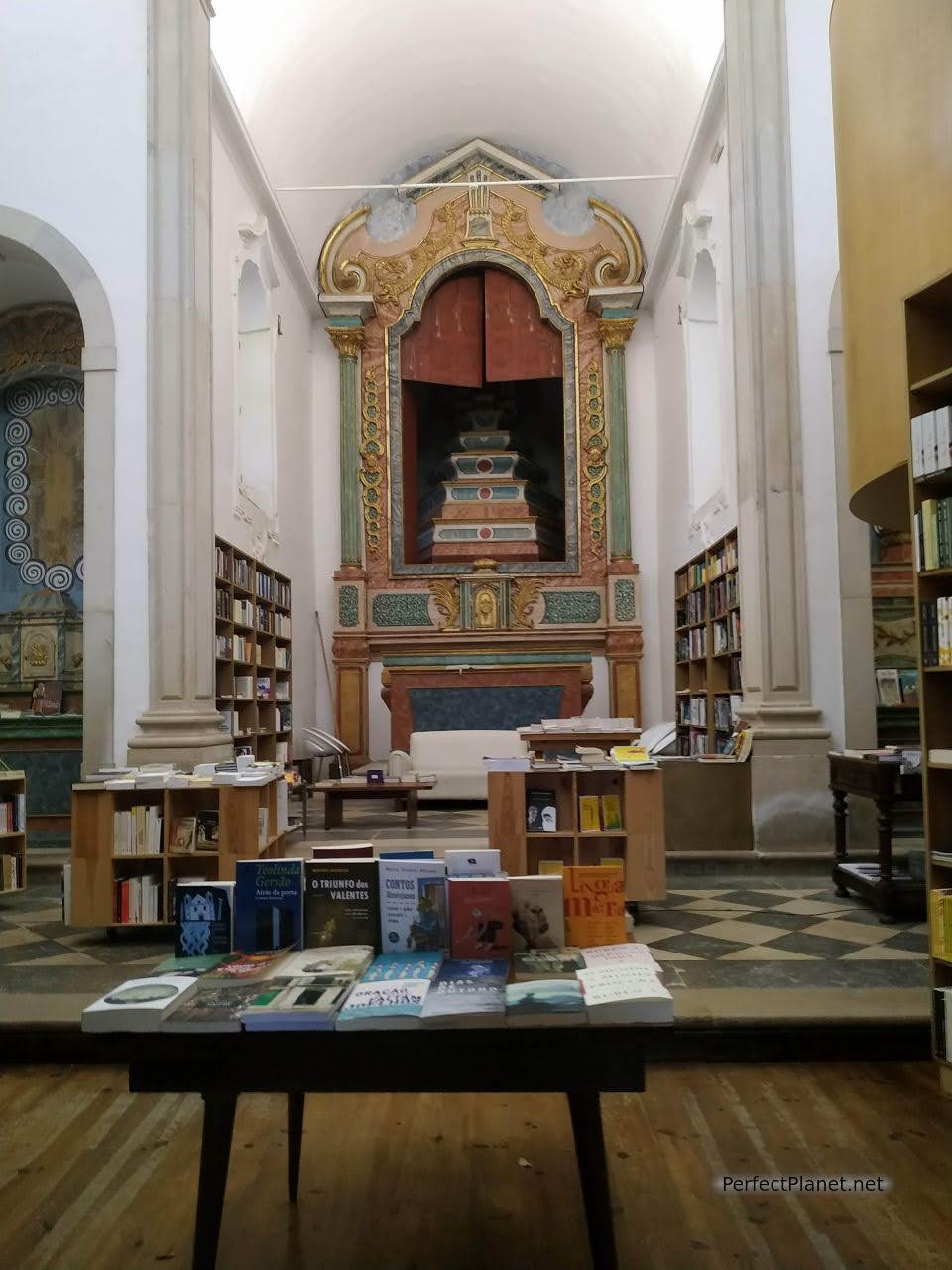
Santiago bookshop
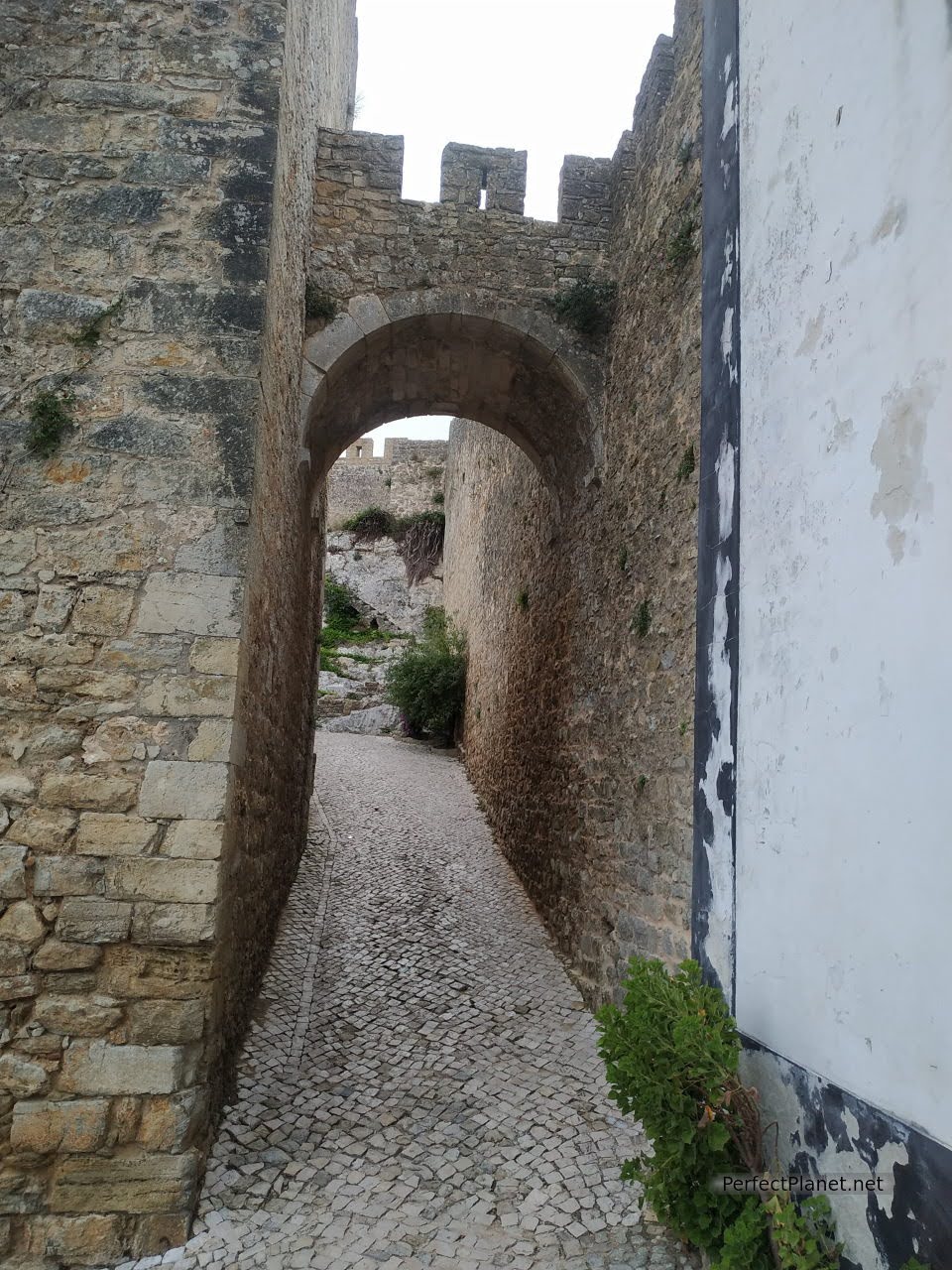
Óbidos
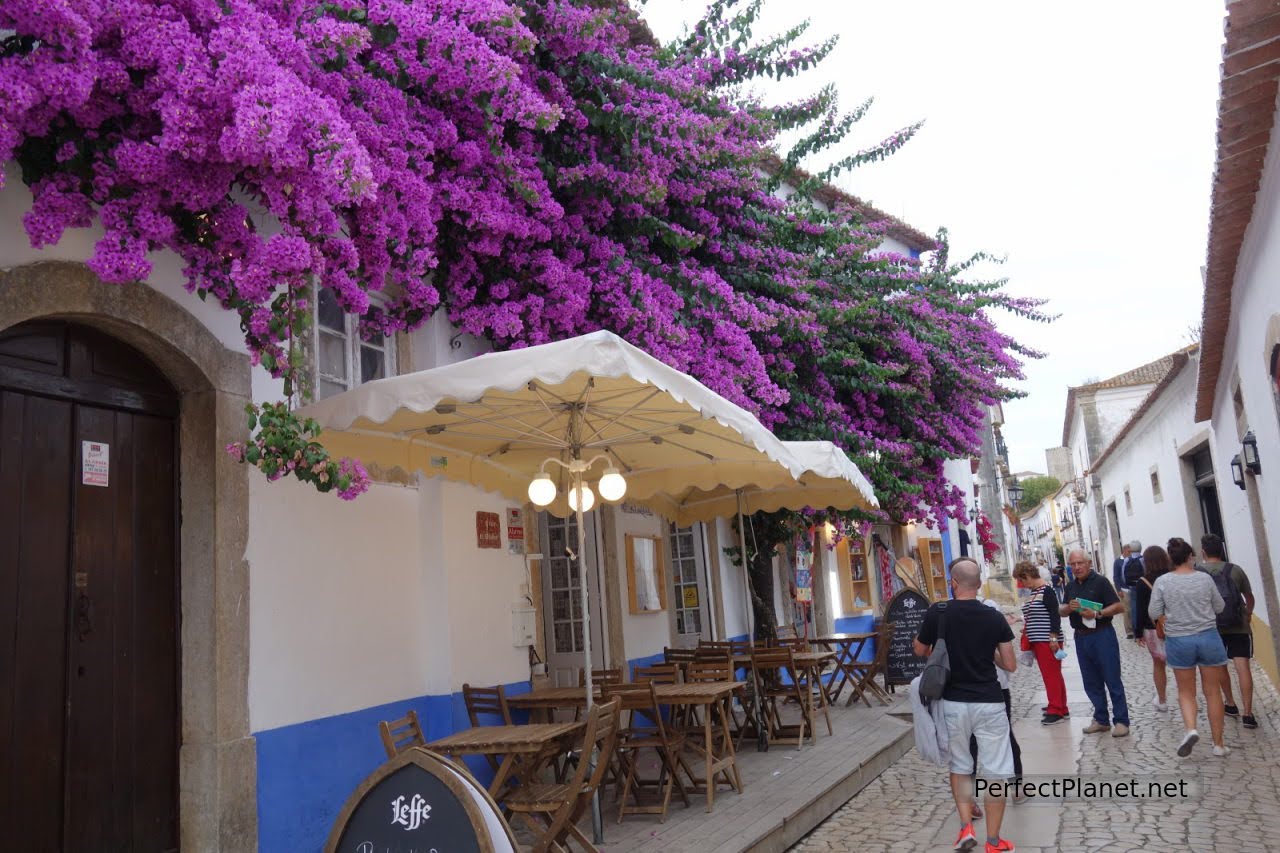
Óbidos
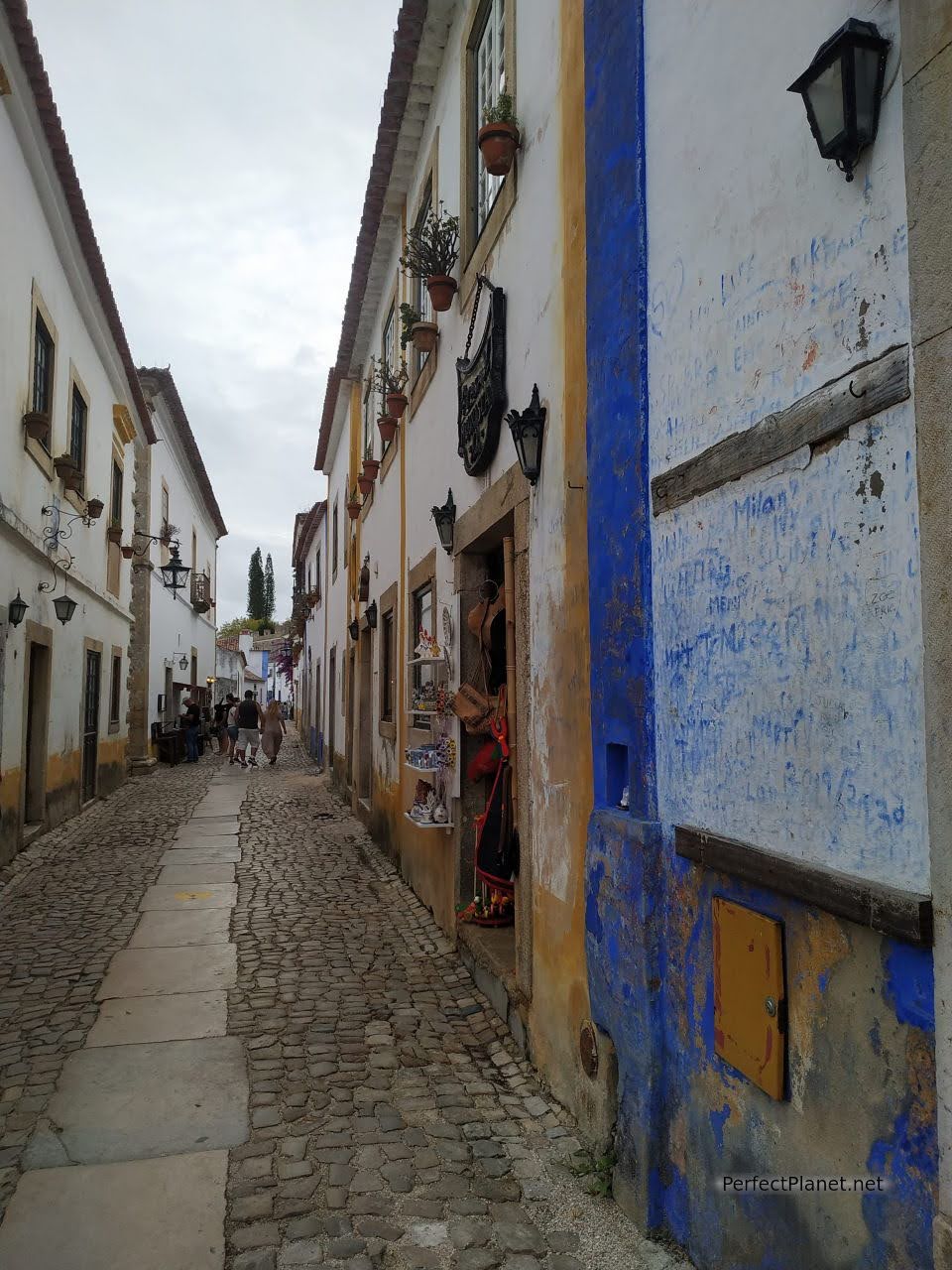
Óbidos
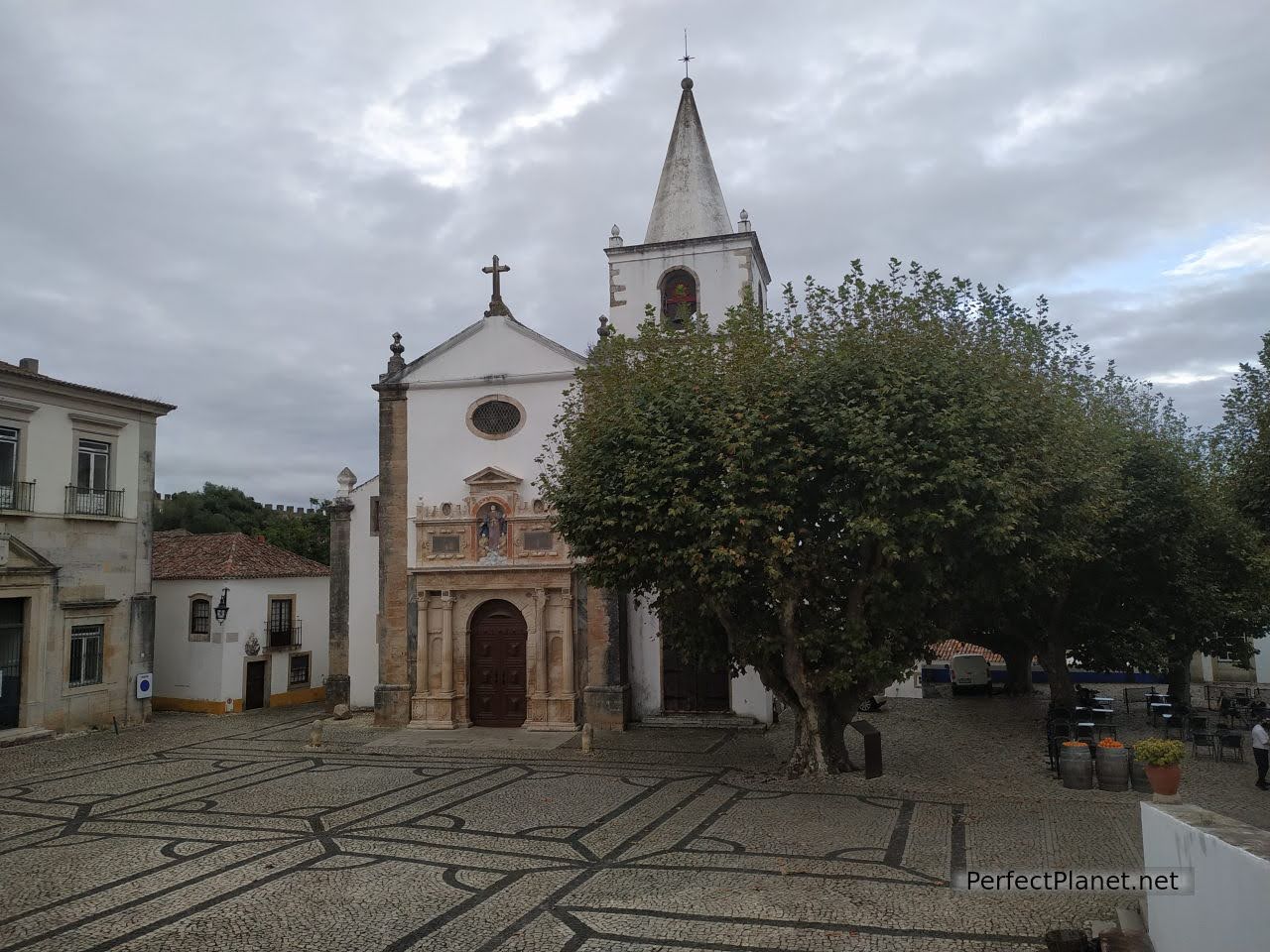
Óbidos
Near the bookshop is the entrance gate to the Castle grounds, now converted into a luxury inn. A small medieval village has been built in the courtyard outside. You can climb up to the ramparts which offer a luxurious view of both the castle and the outside.
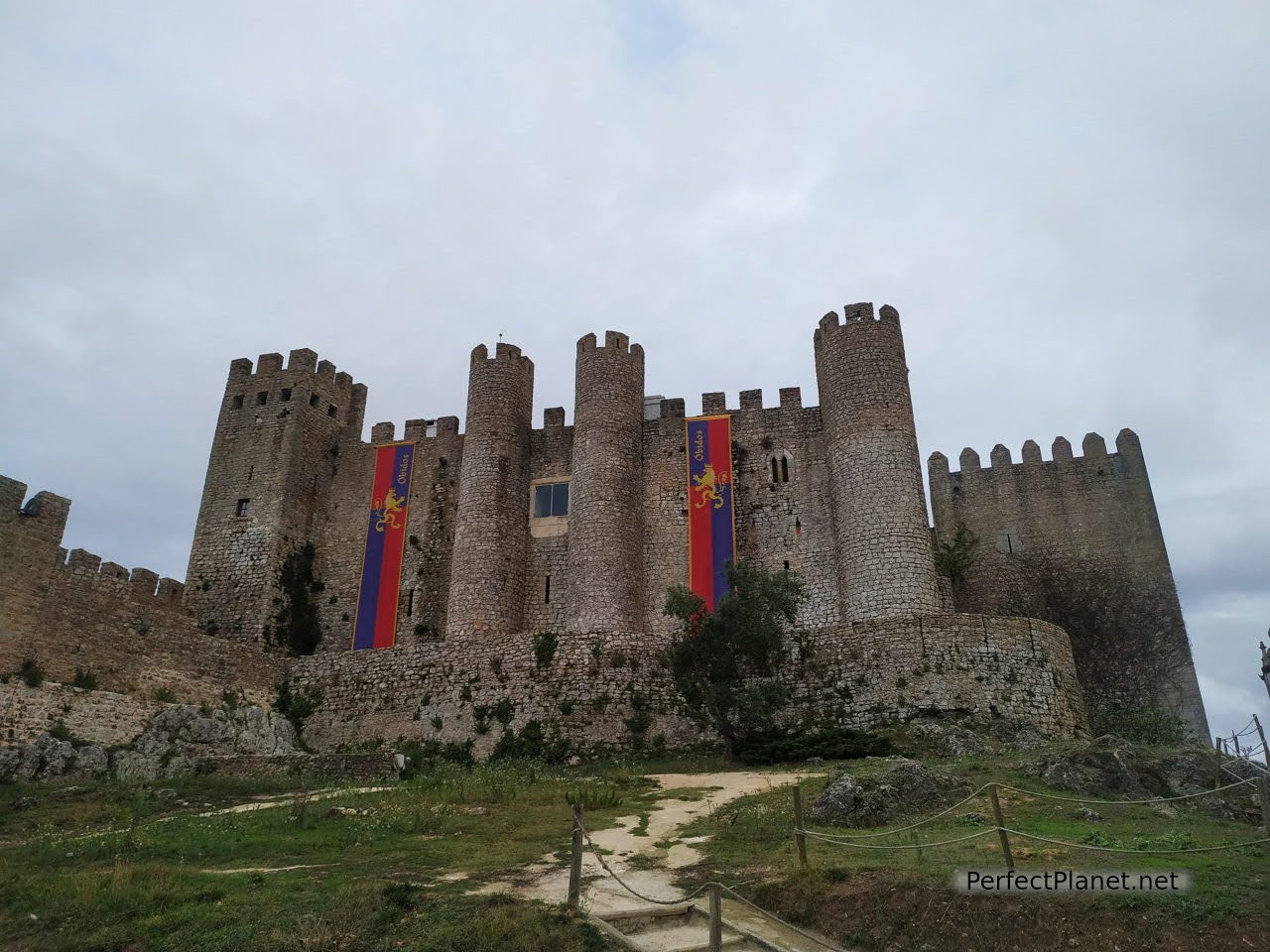
Castle
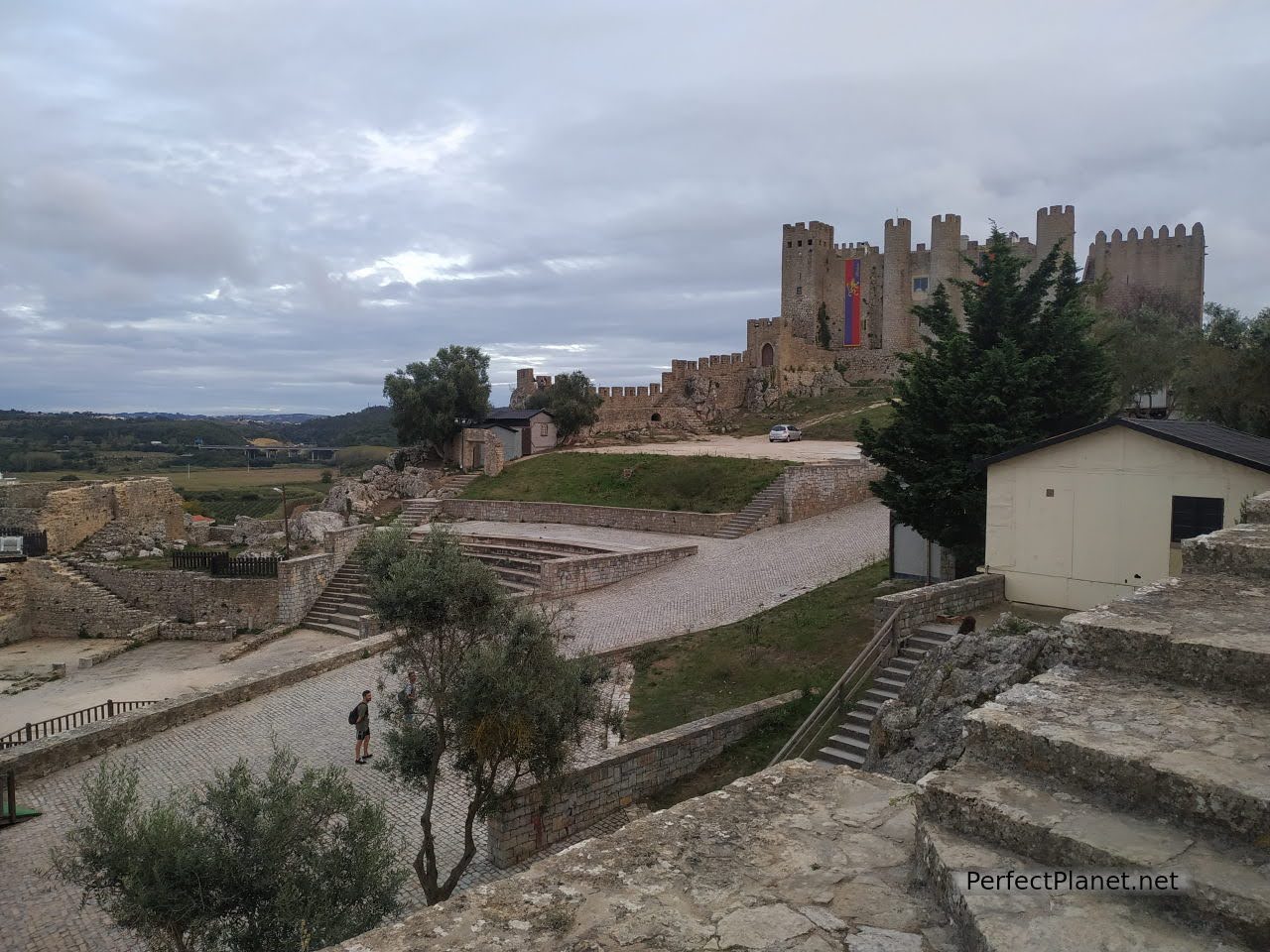
Castle
Getting lost in the streets of Óbidos is the best way to get to know it.
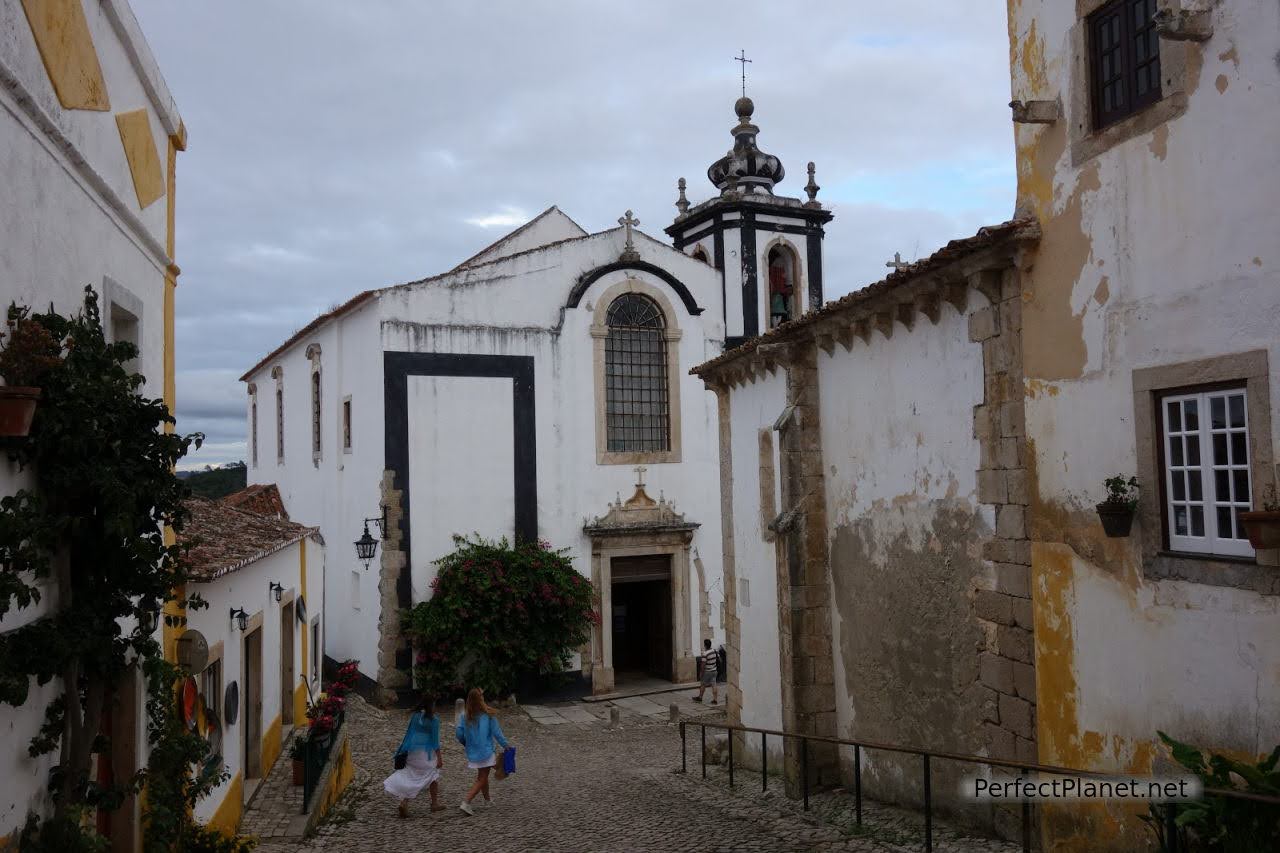
Óbidos
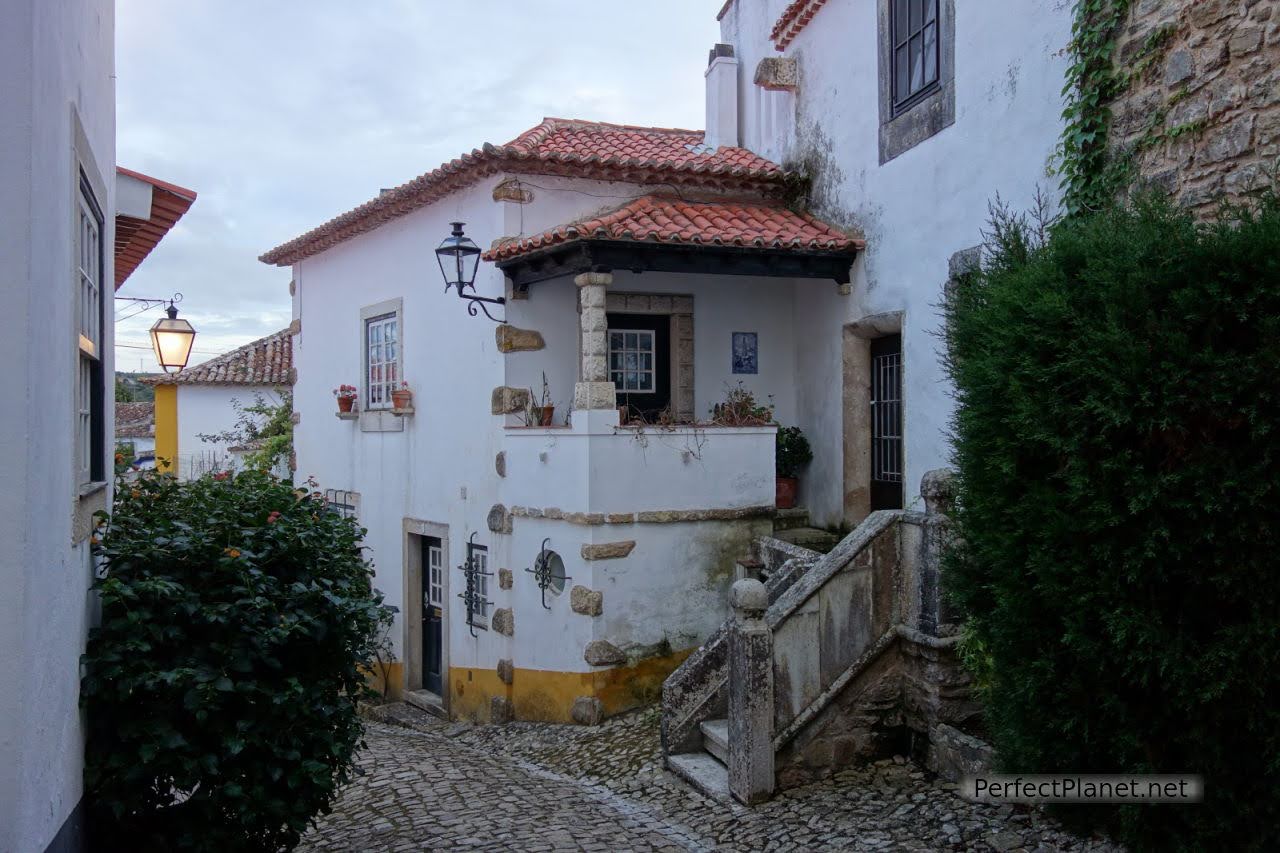
Óbidos
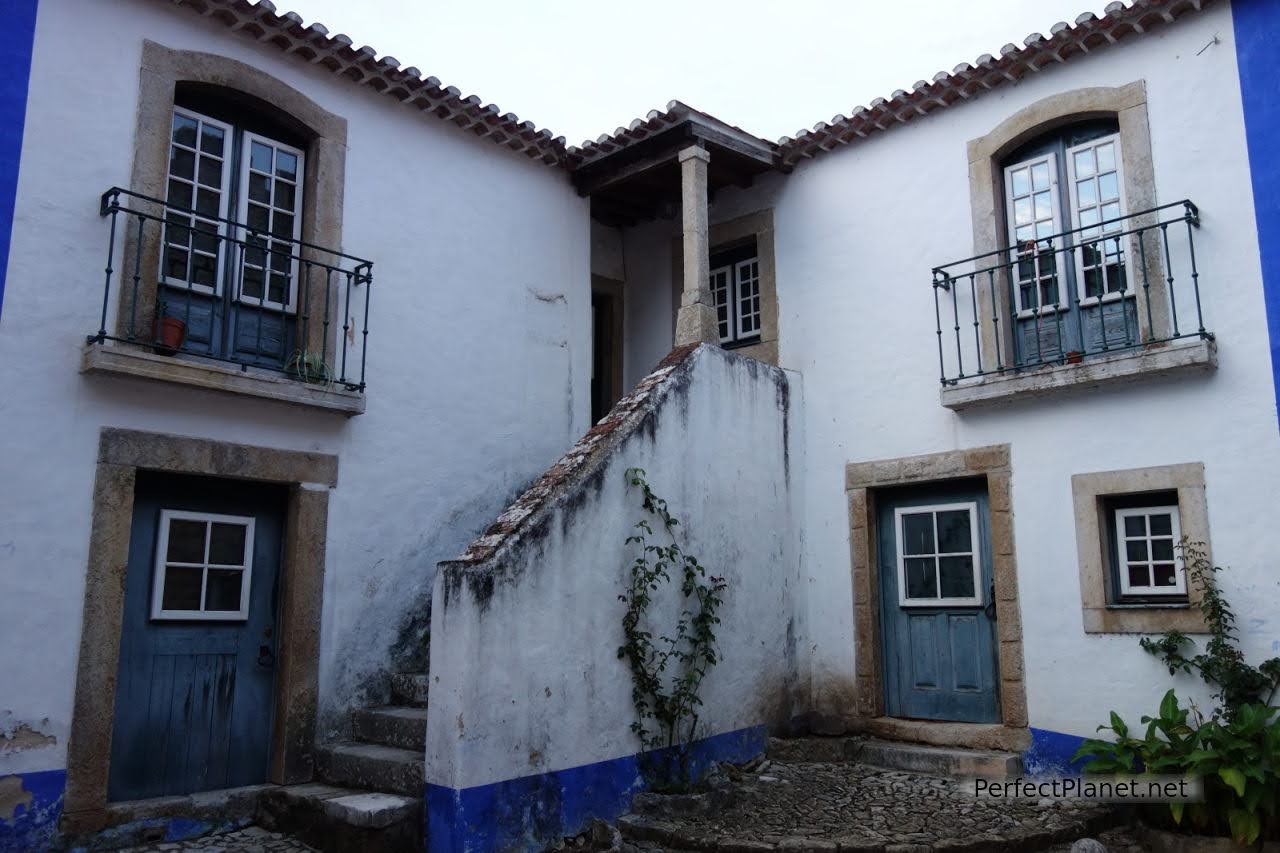
Óbidos
We return to Vau, it has been a long day and we feel like having dinner.
A pastiçeria 5,80€ coffee and beer.
Funicular up to the Promotorio do Sitio: 6,50€.
Entrance to the lighthouse: 1€/pax.
Buggy ride from the lighthouse to the village: 1€/pax.
Lunch: restaurant A Tasquinha 105€ per person 6 pax.
Entrance to Mosteiro Alcobaça: 6€/pax (there is a combined ticket to also see the Mosteiro. de Batalha and the convent of Cristo de Tomar for I think 15€/pax).
Accommodation: Casa D Amelia for 6 pax 105€/day (17,50€/pax).
- Log in to post comments

